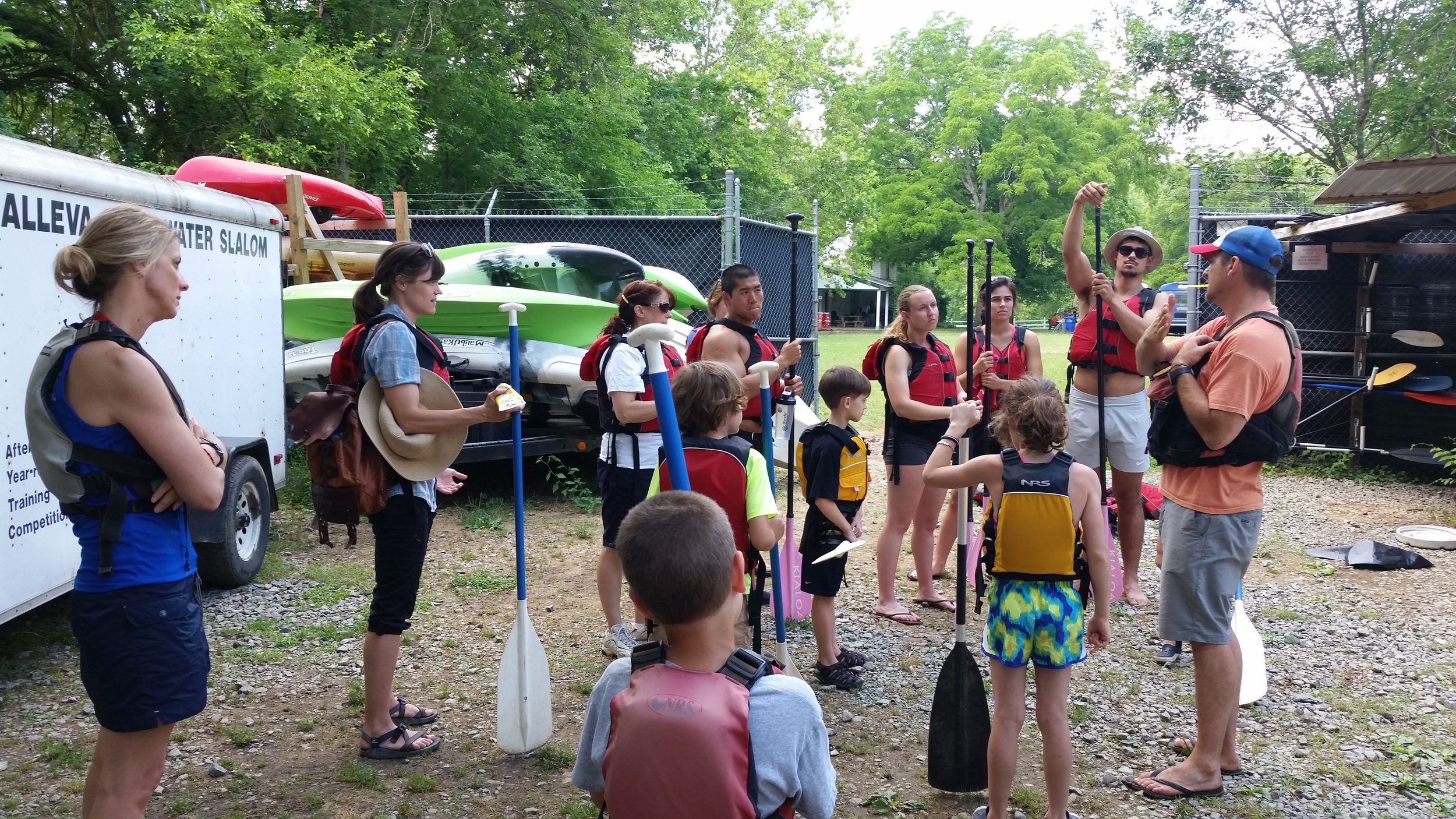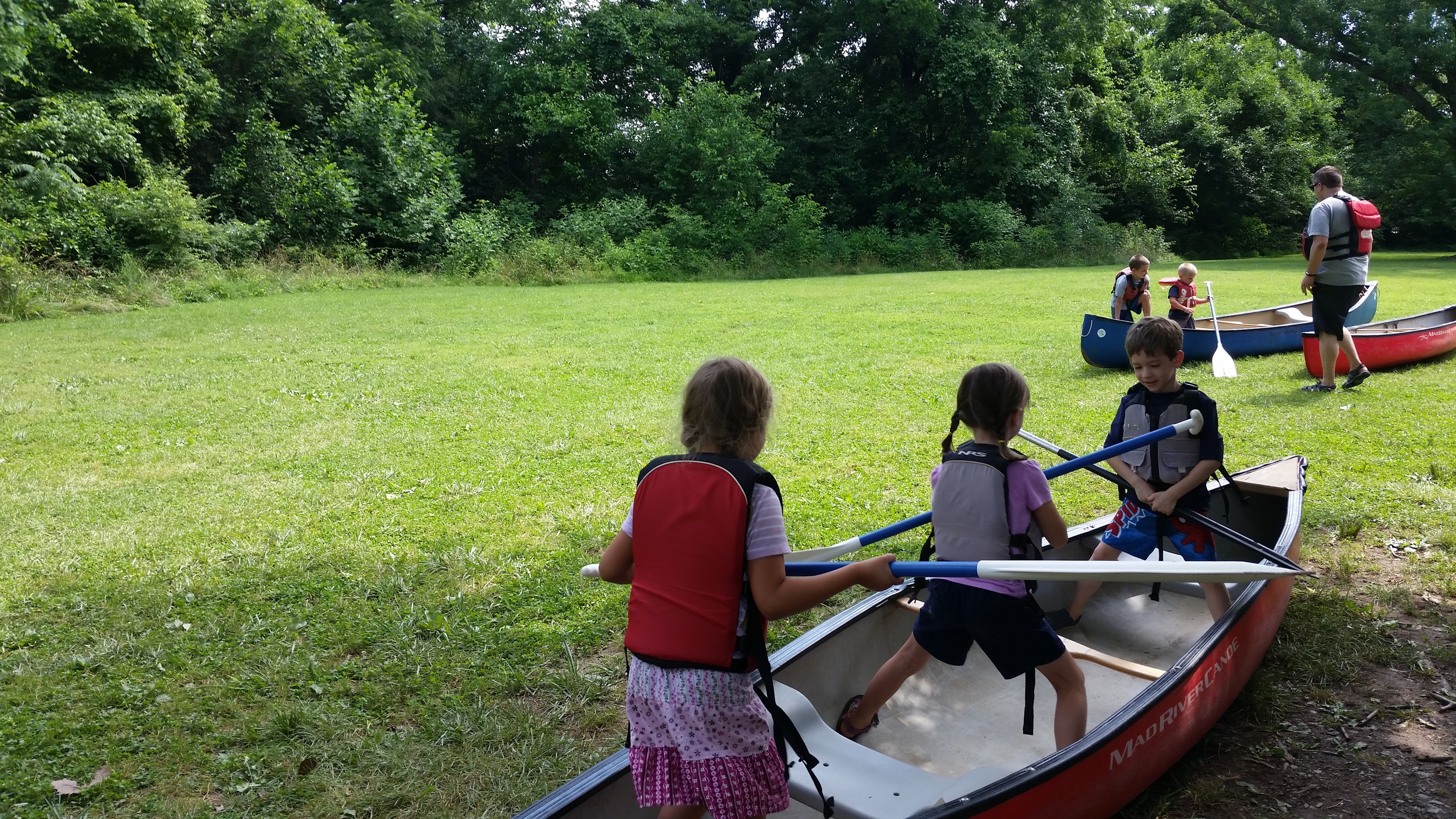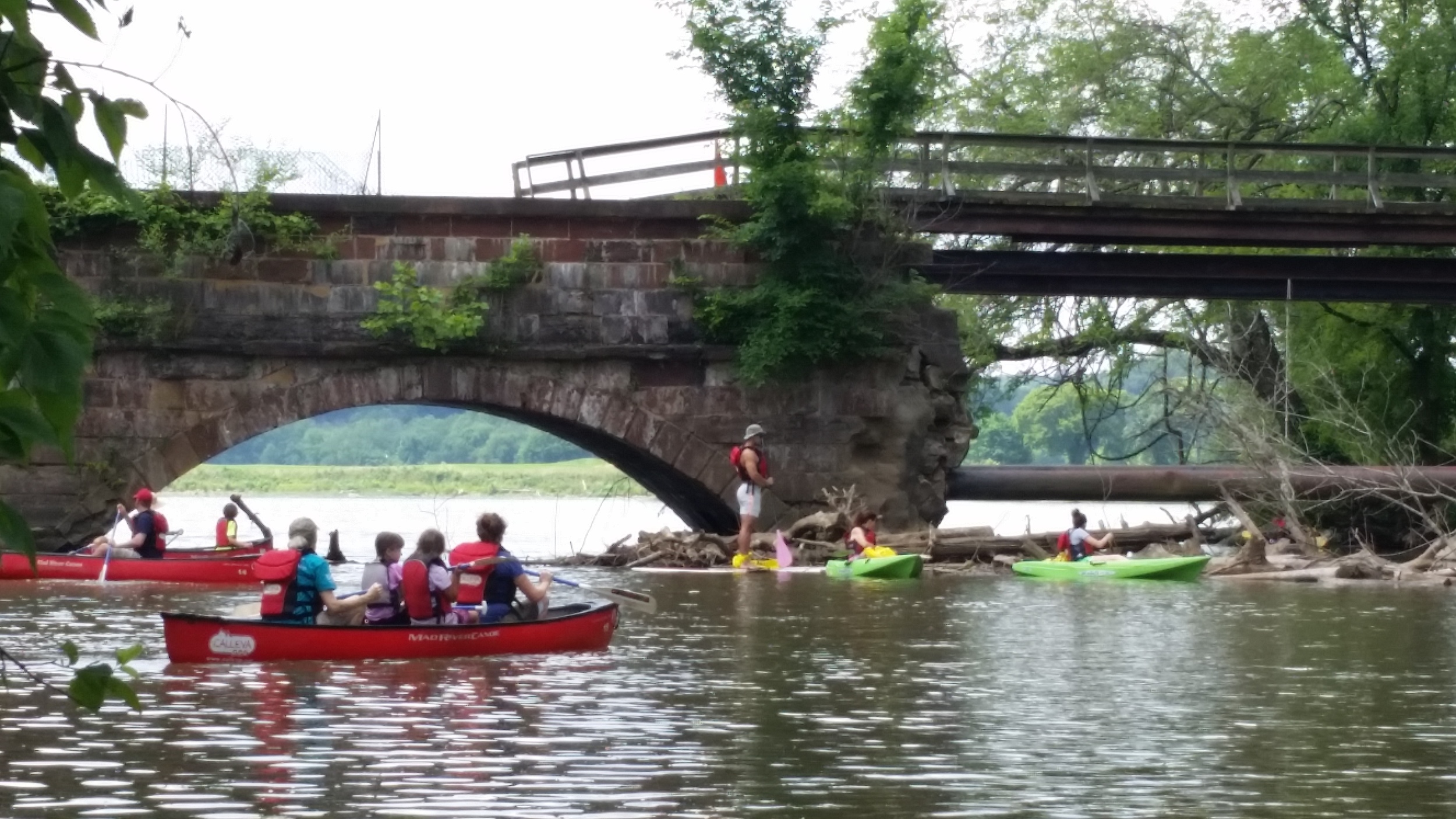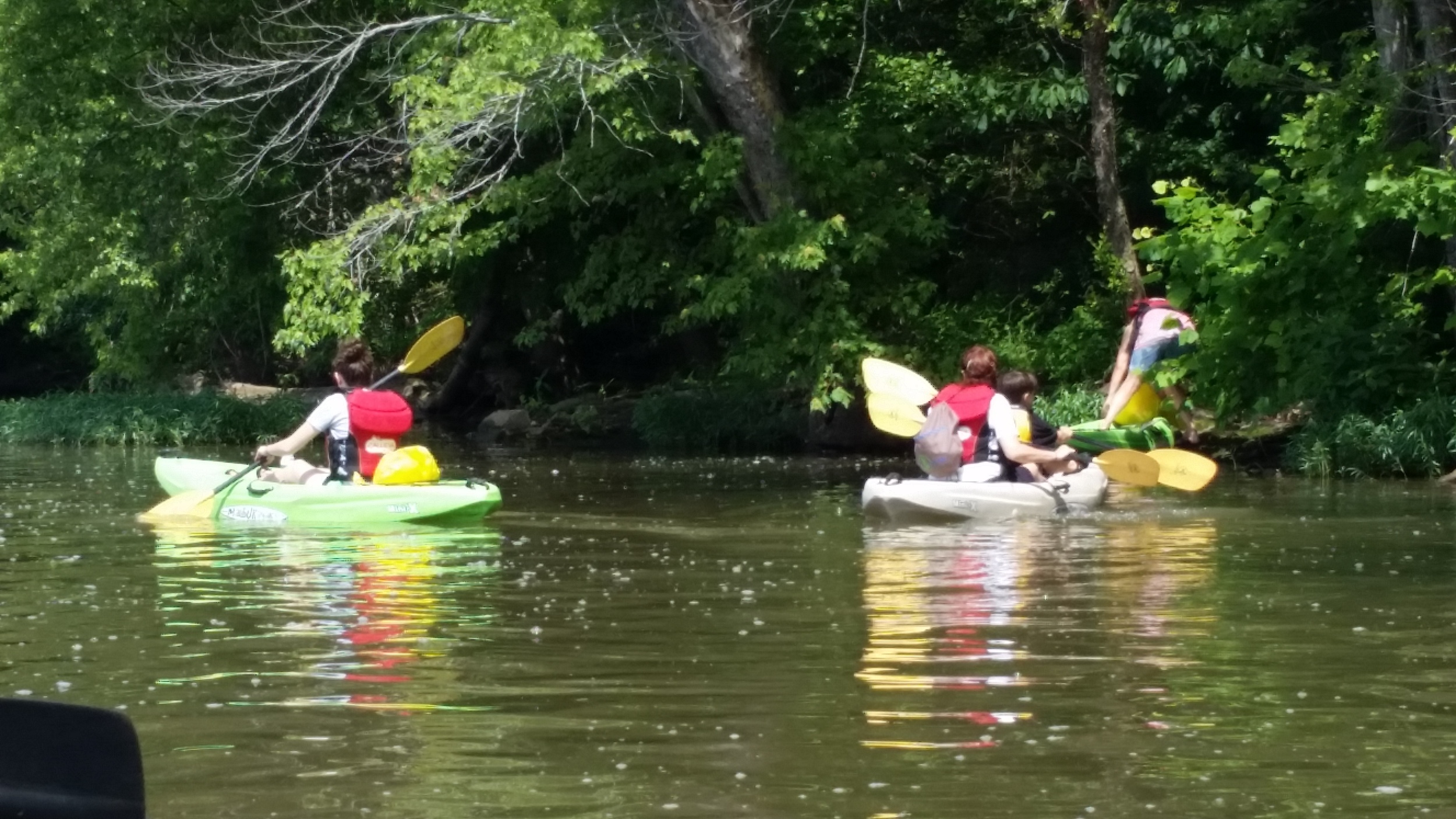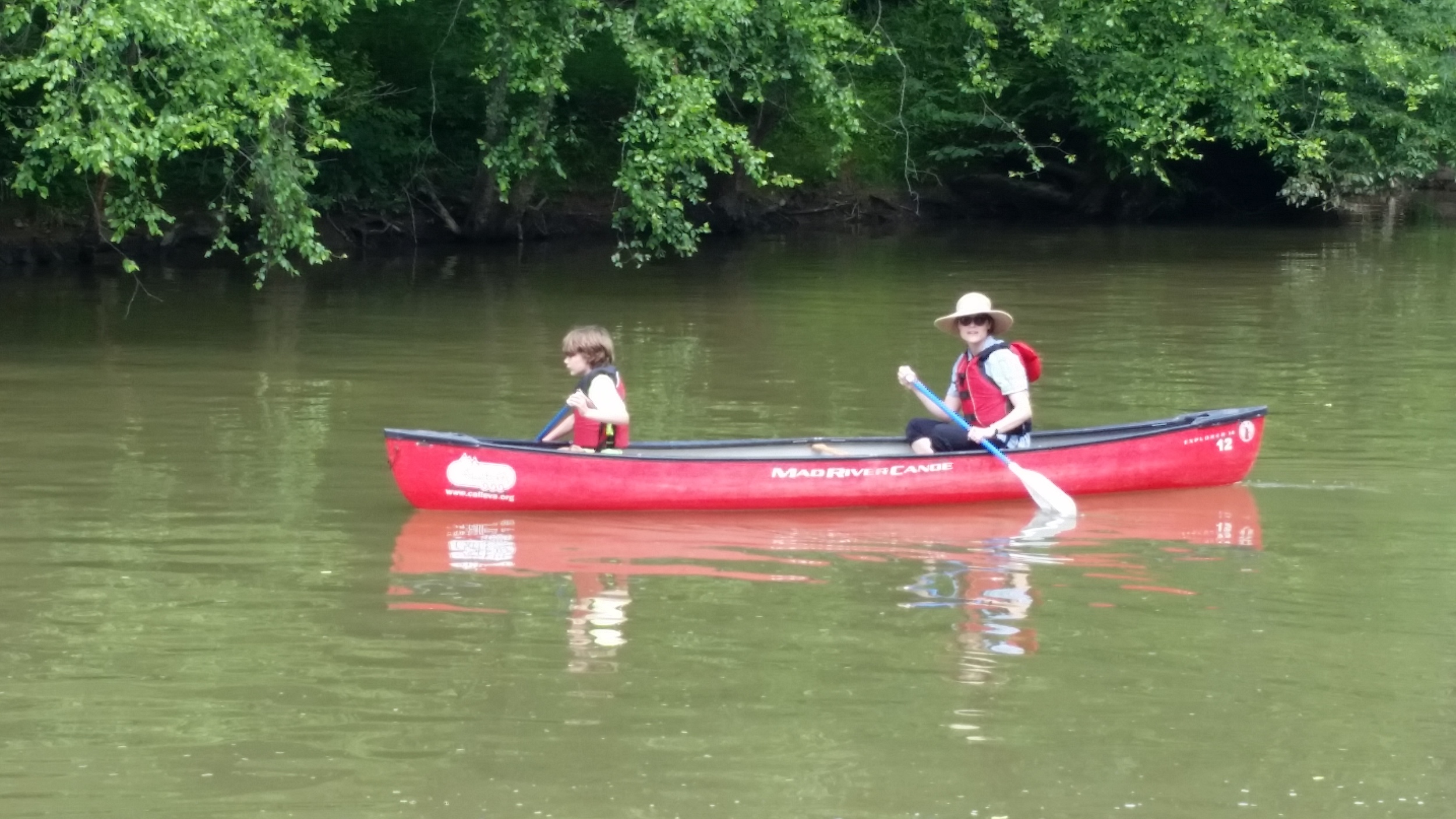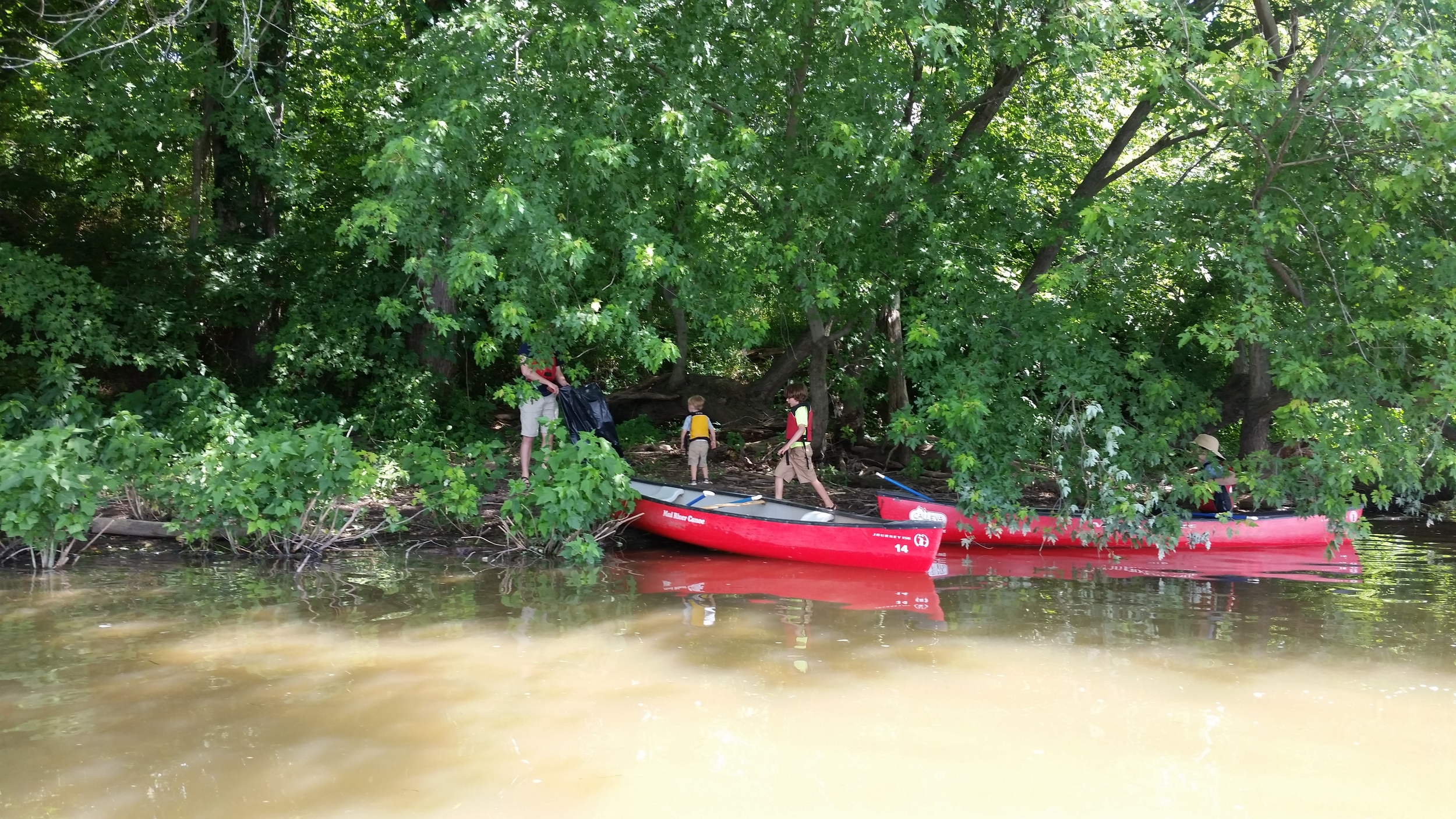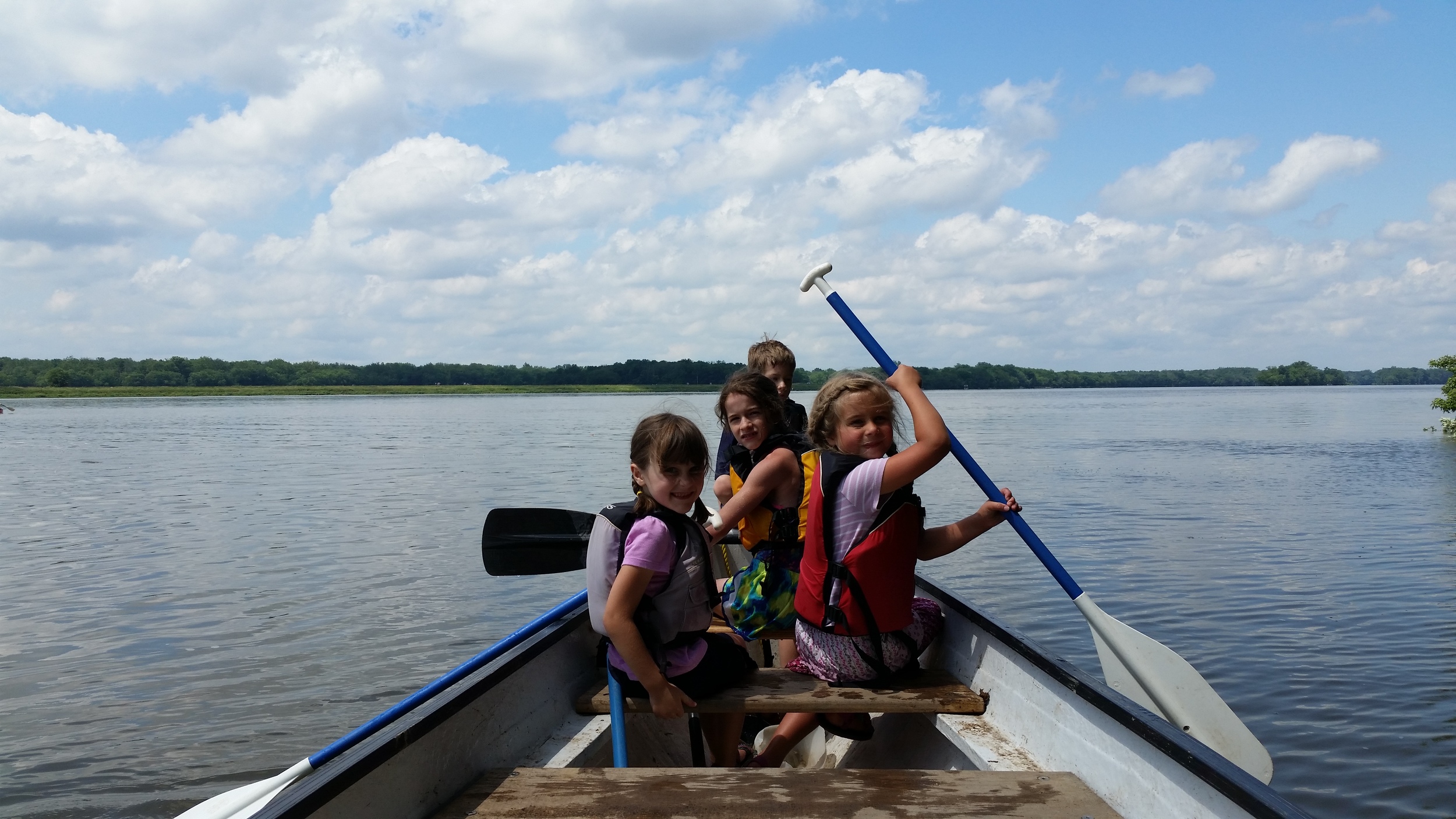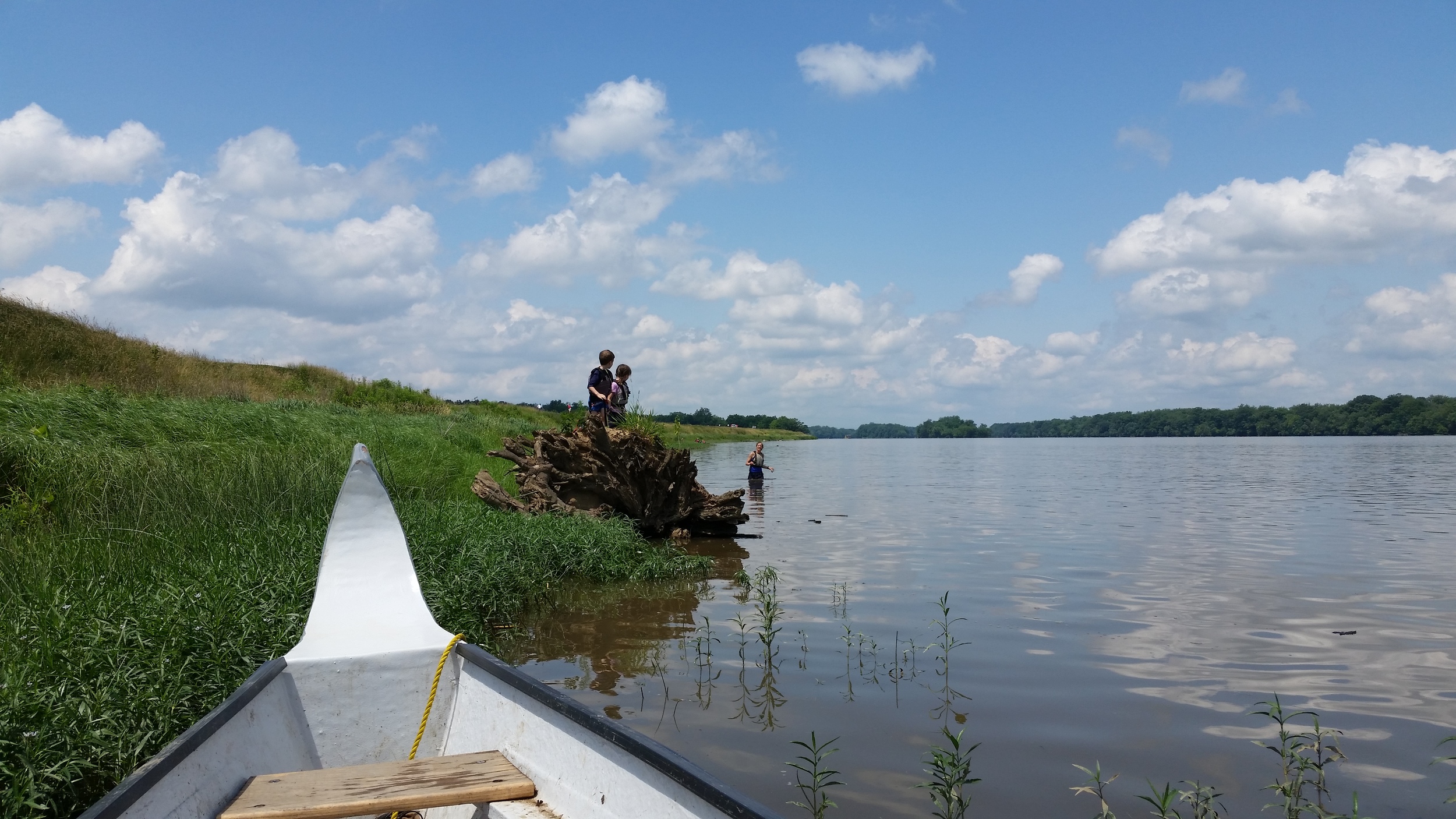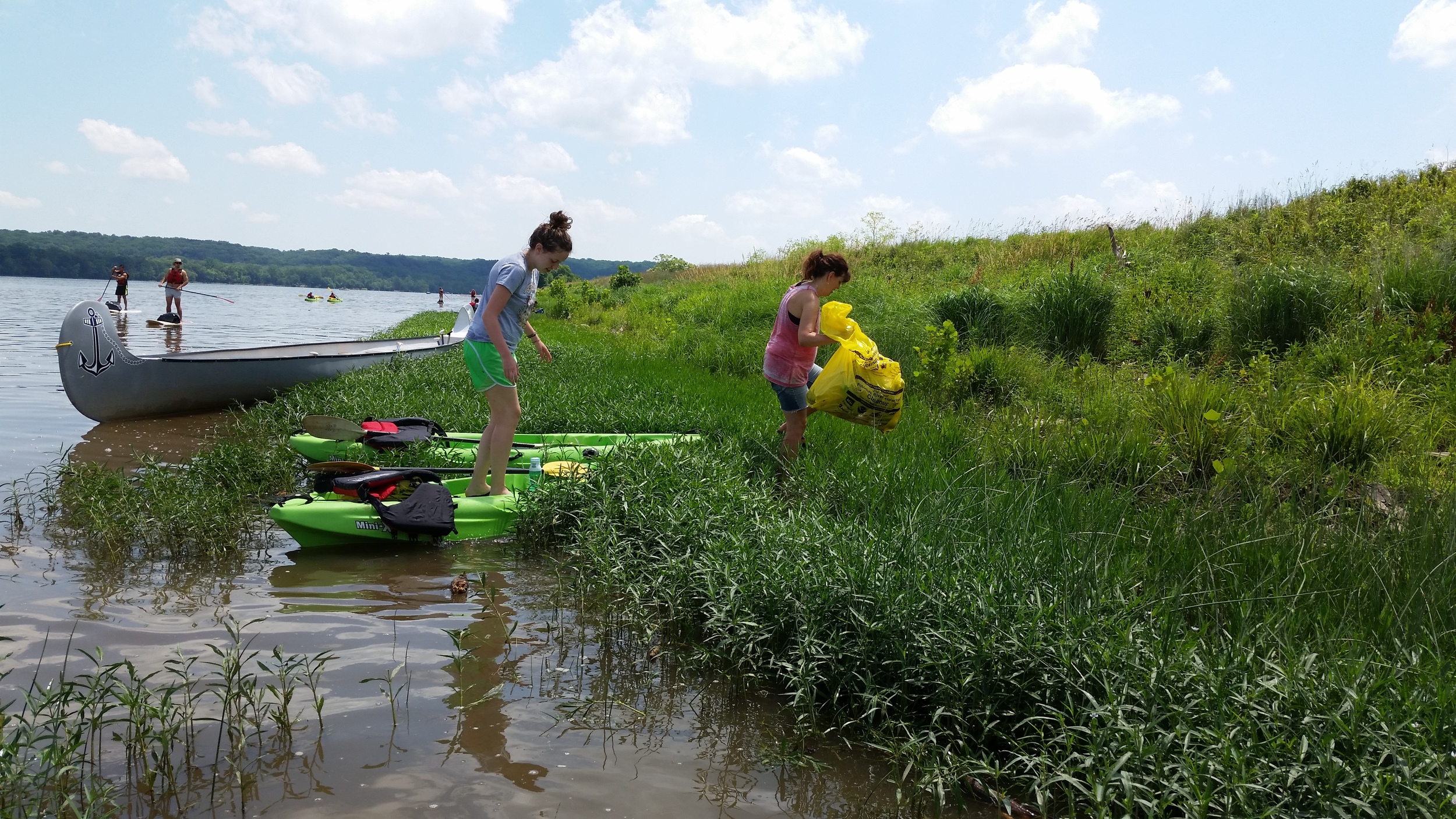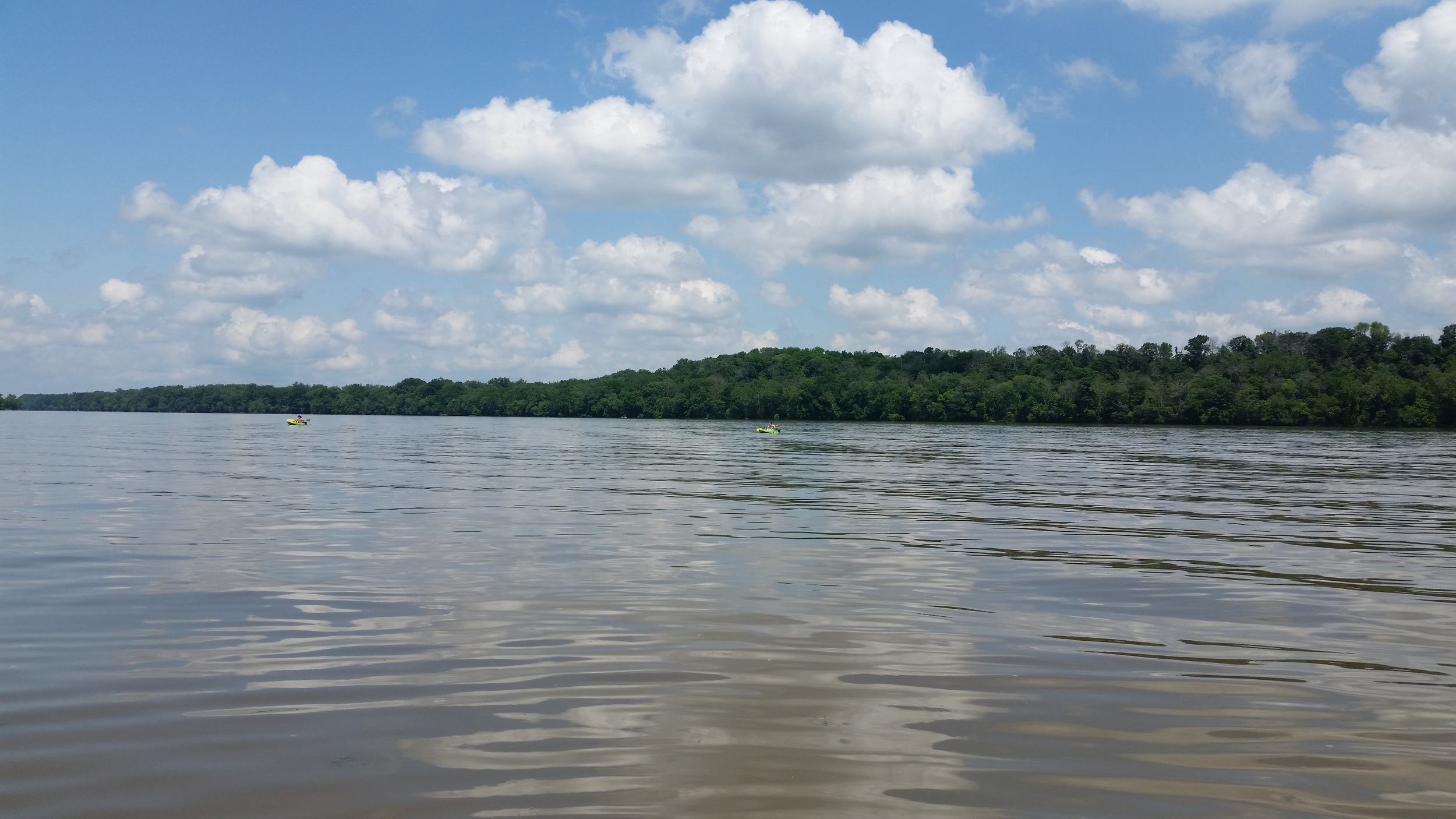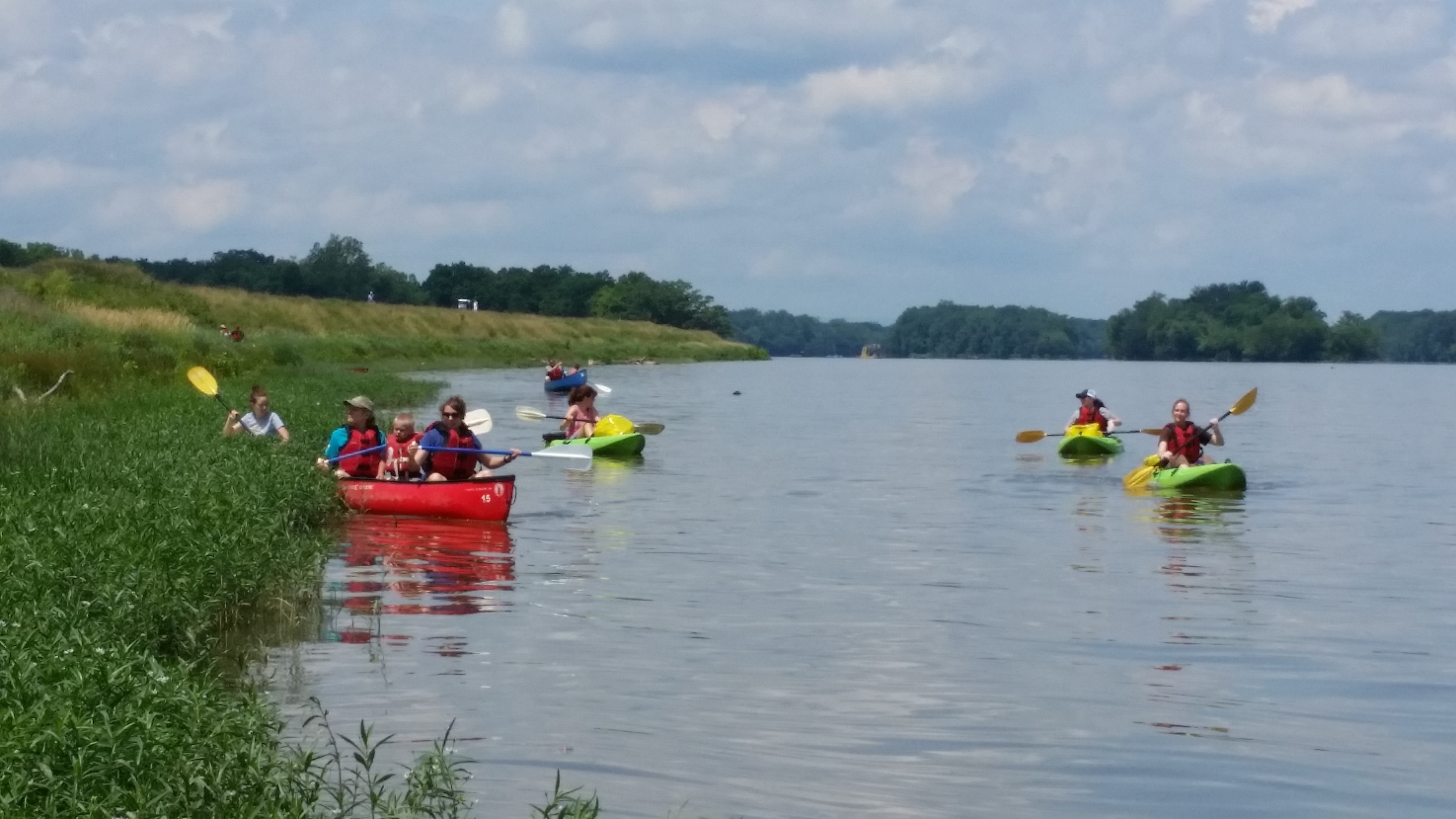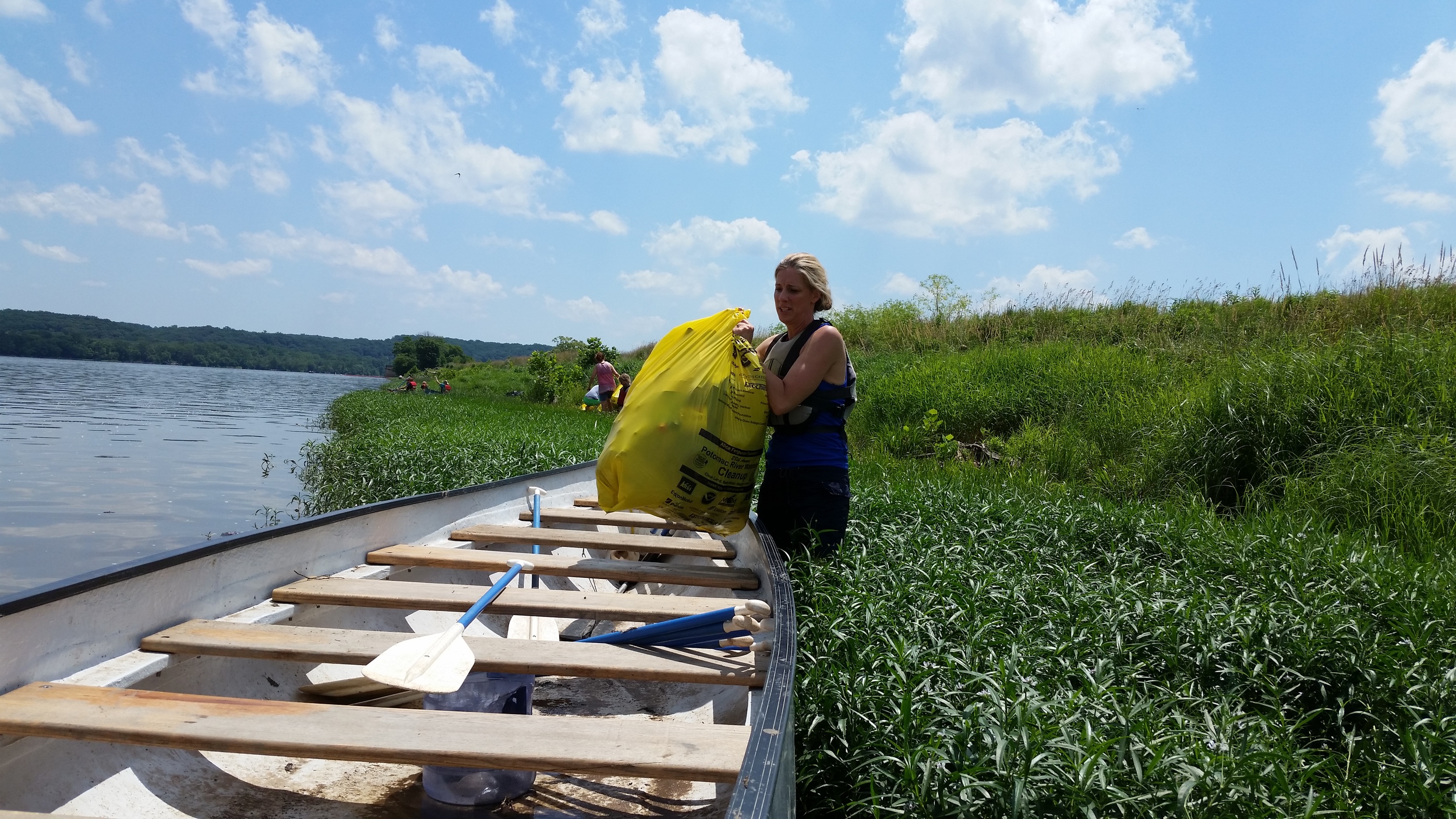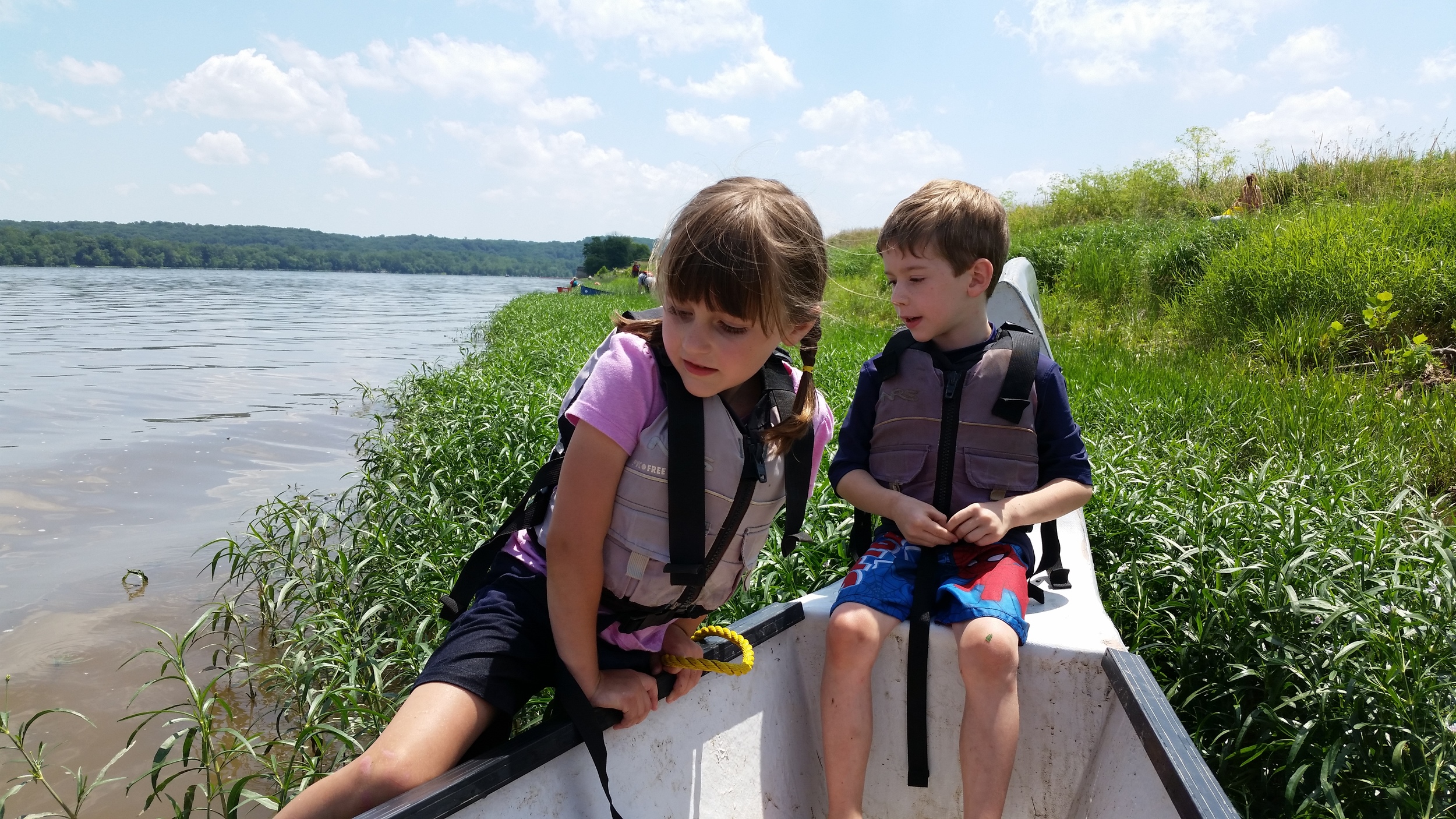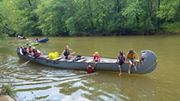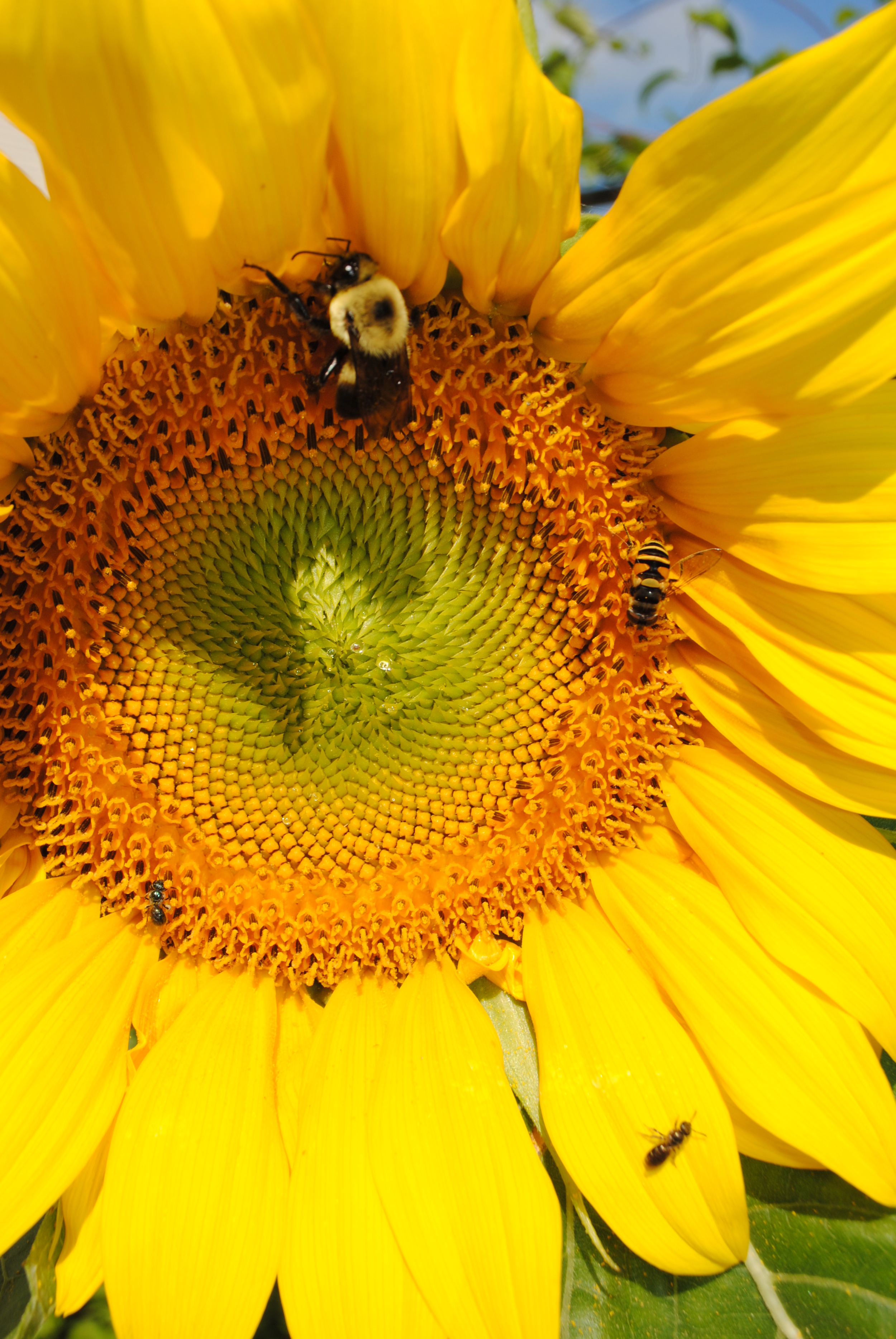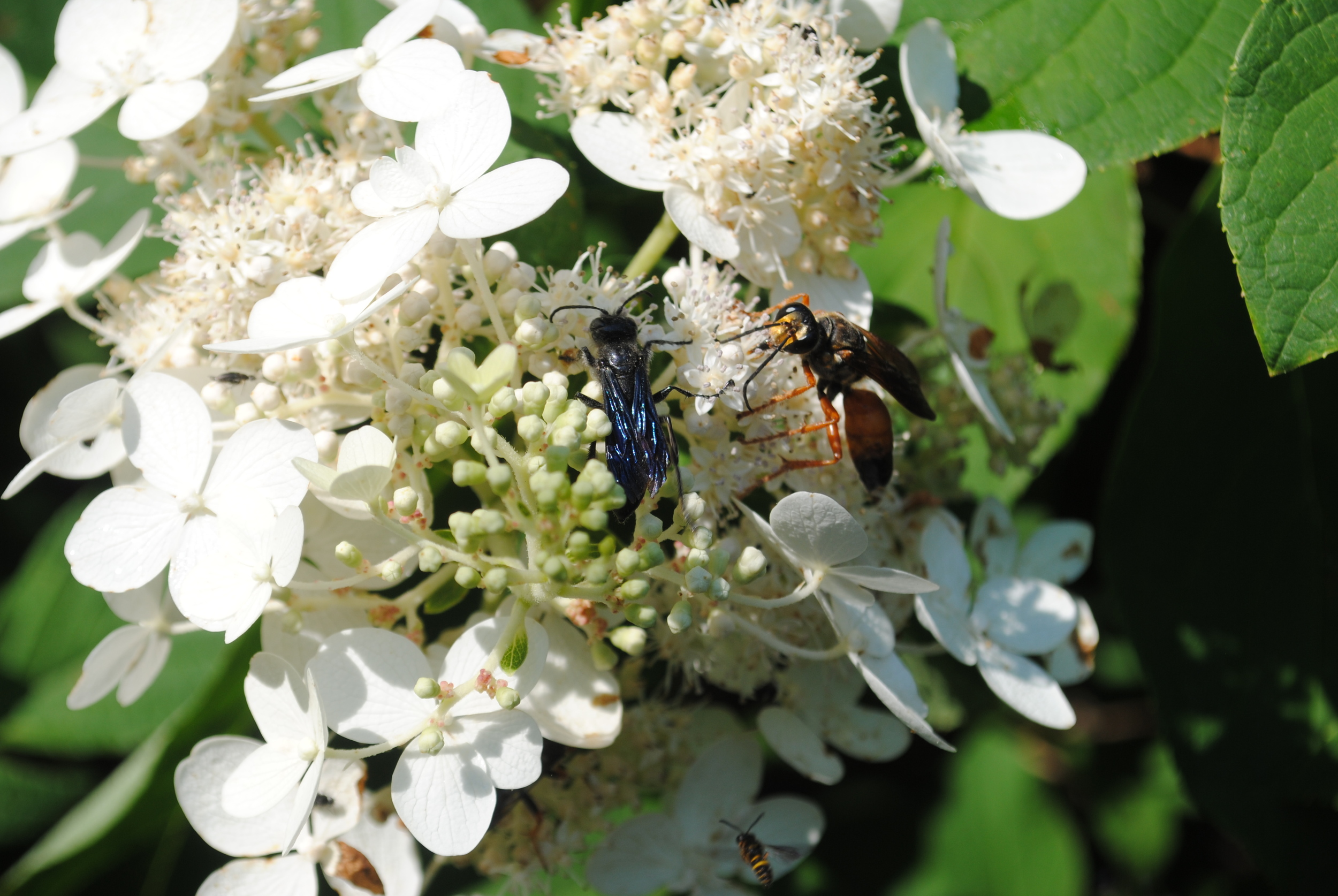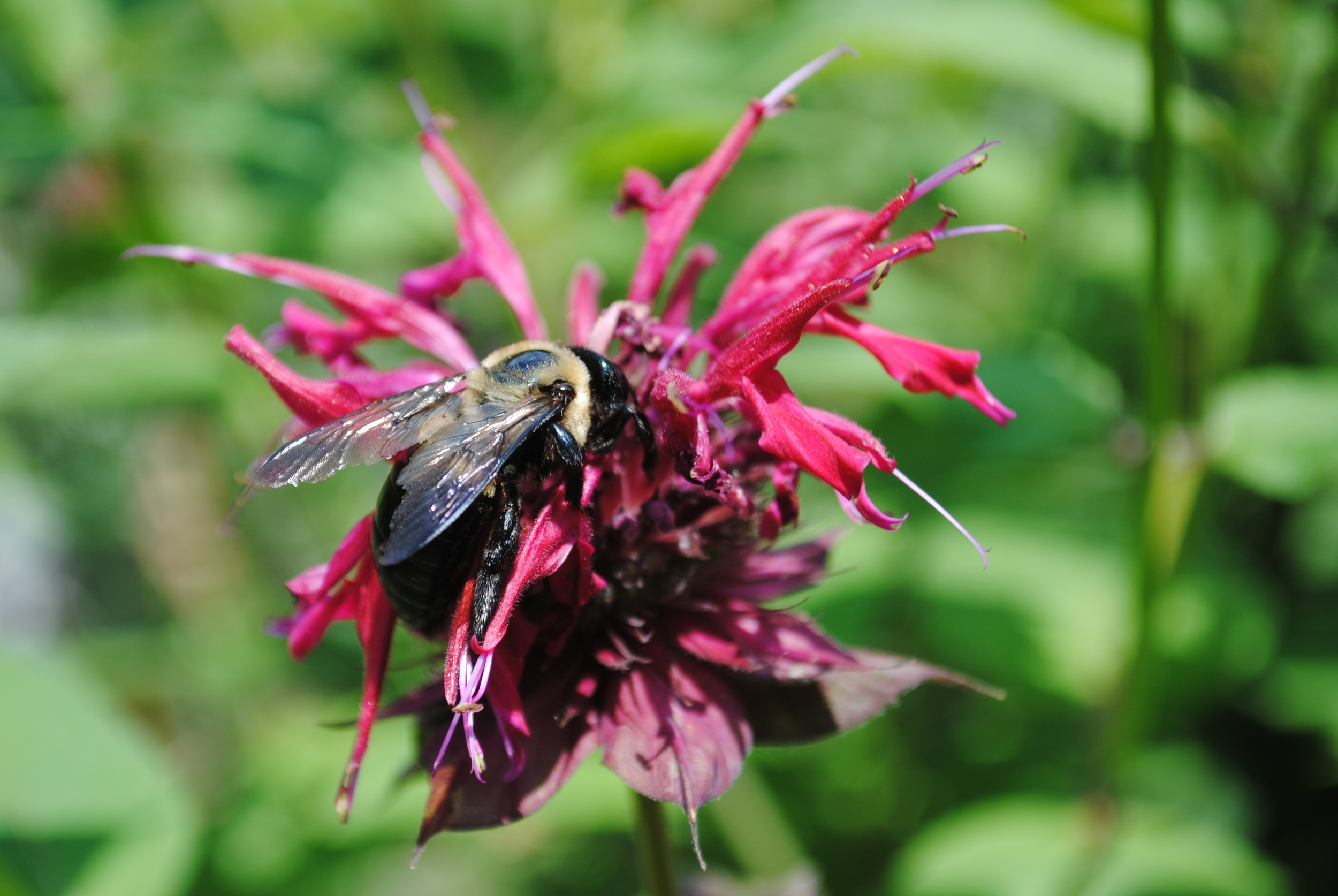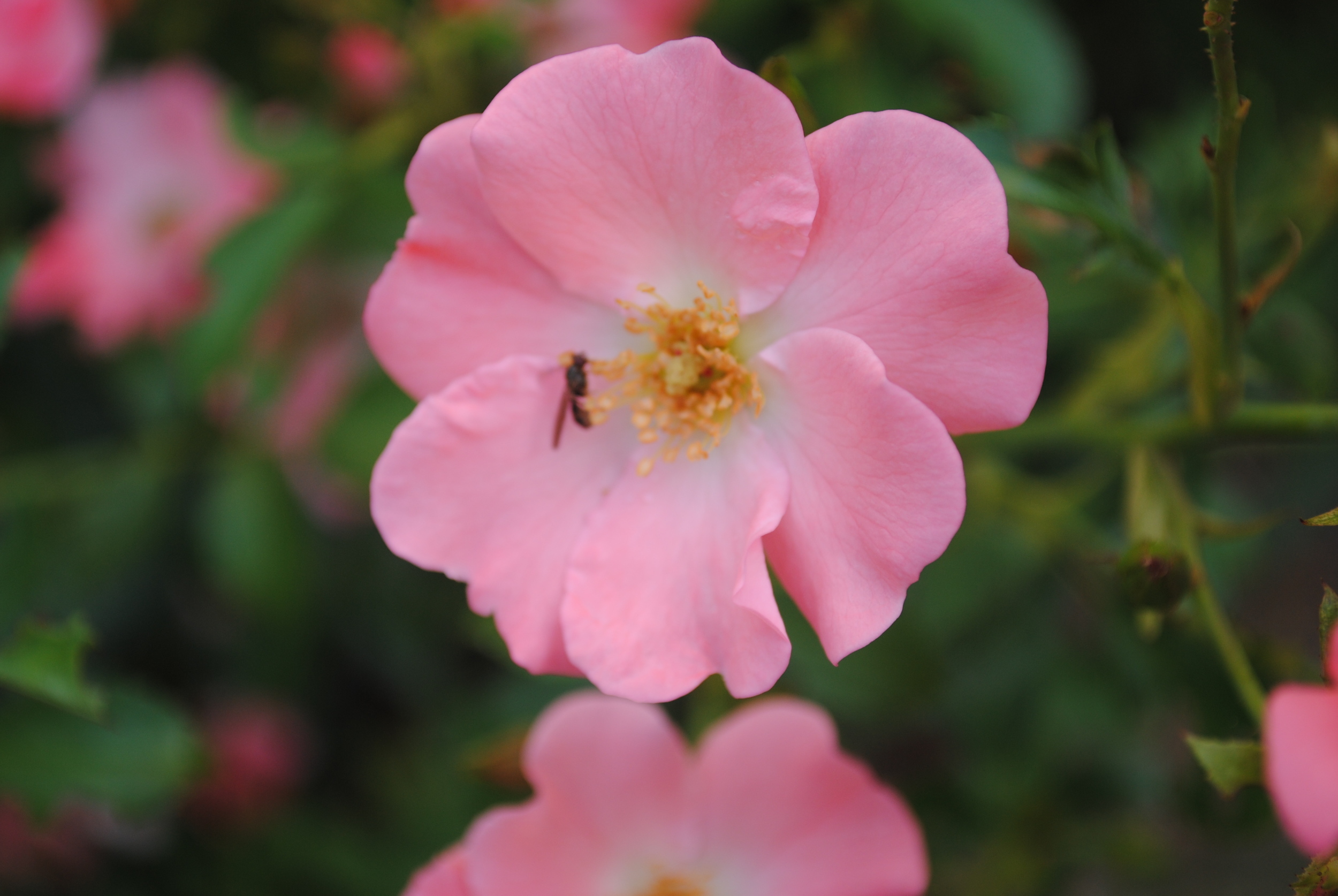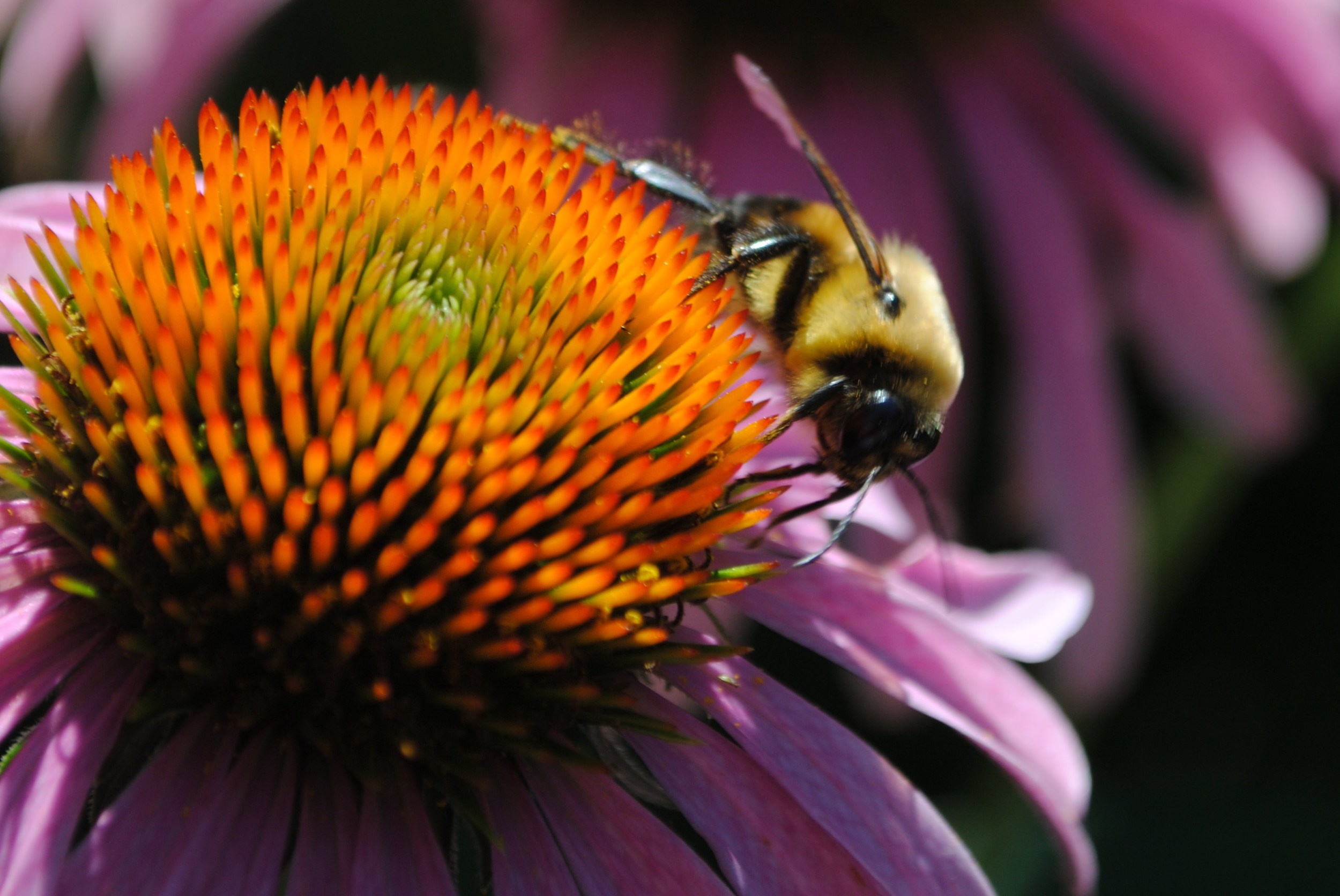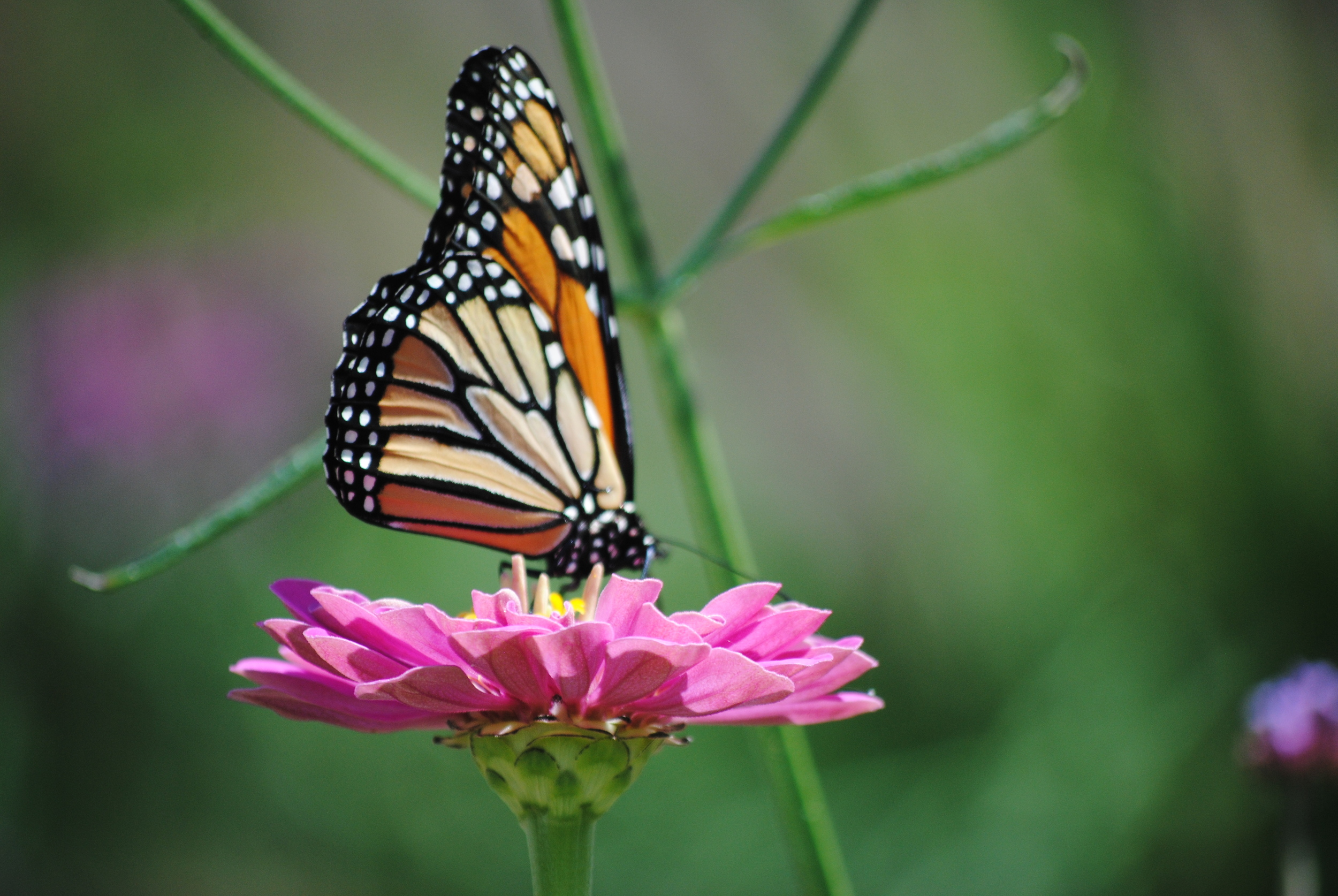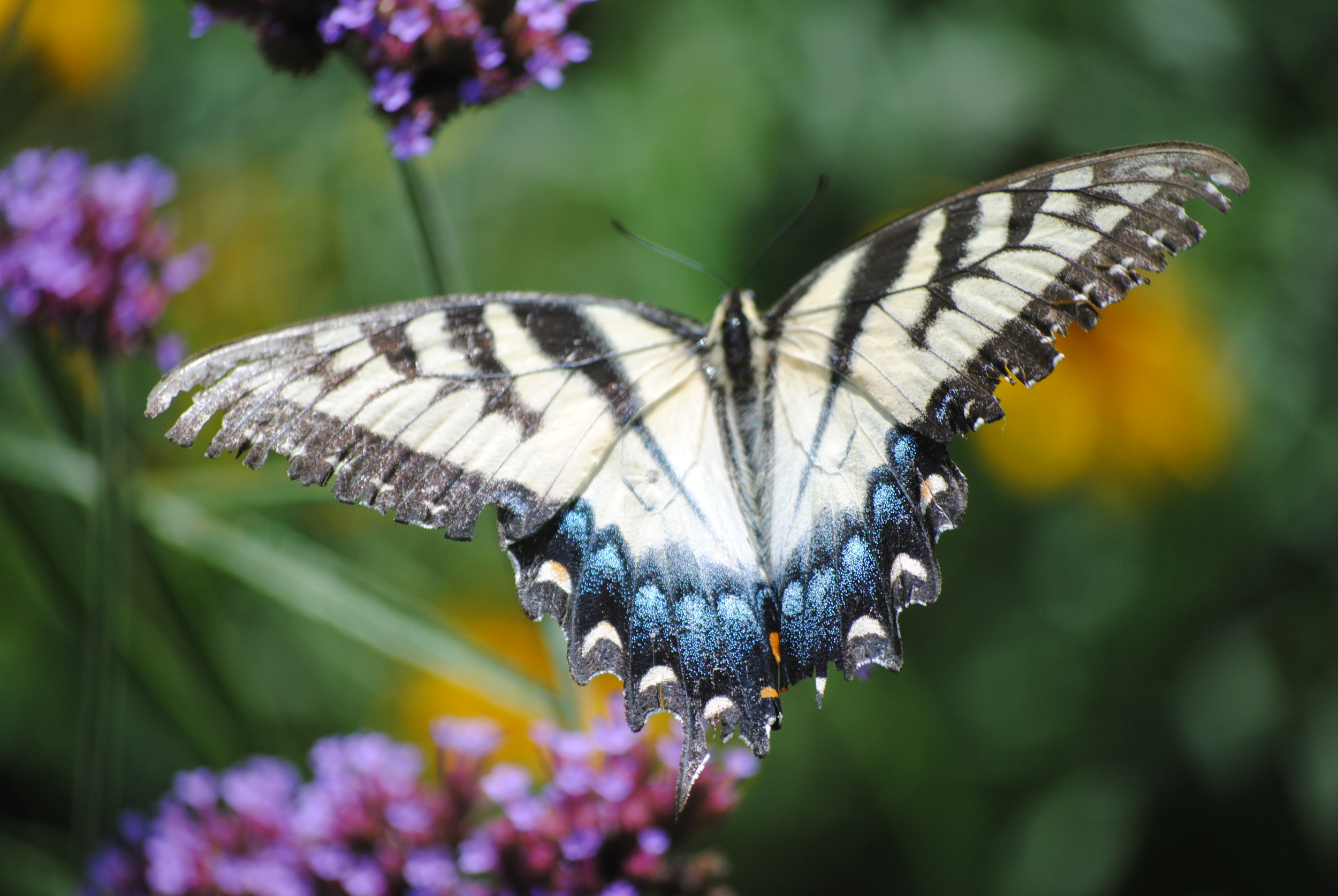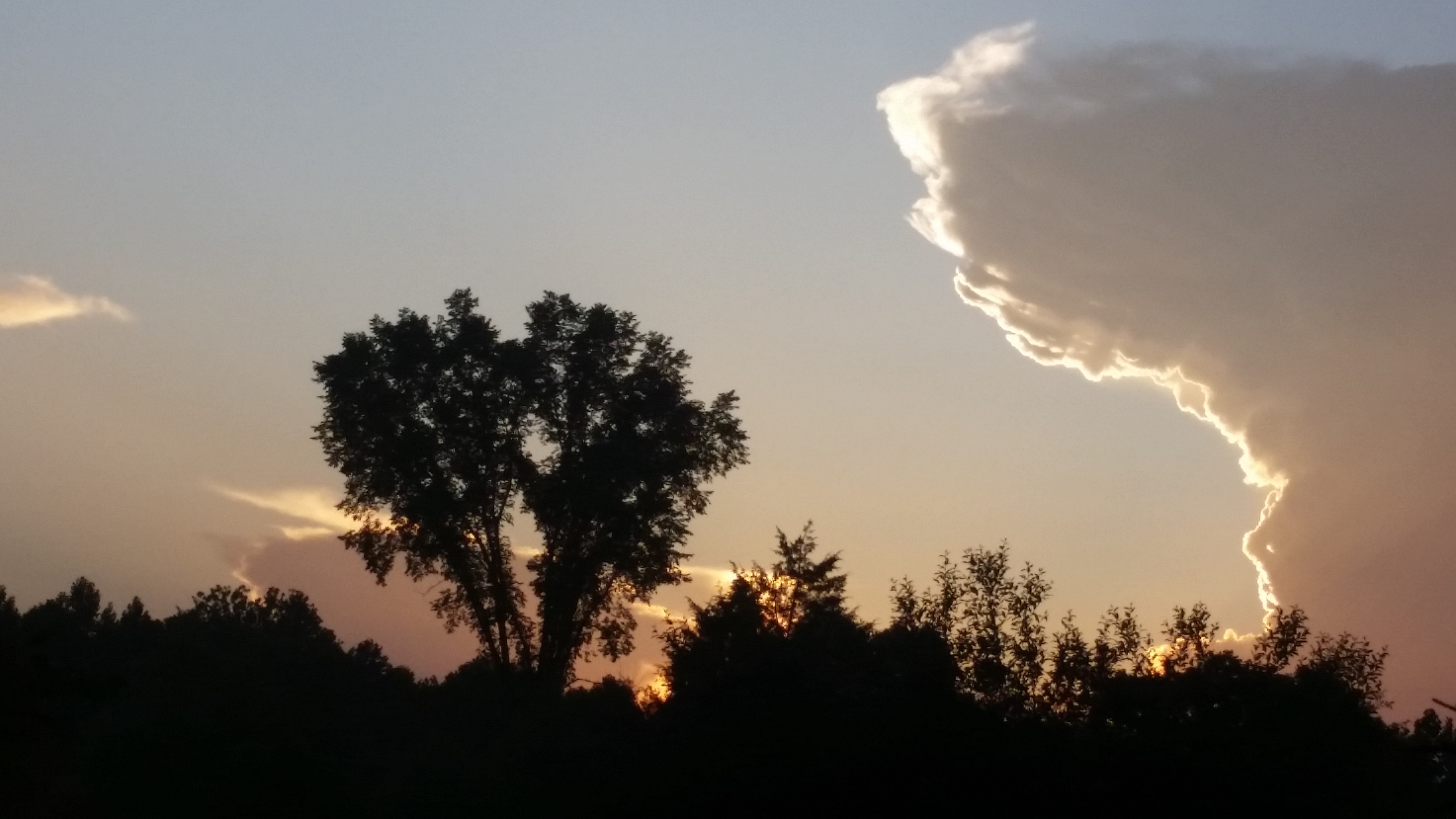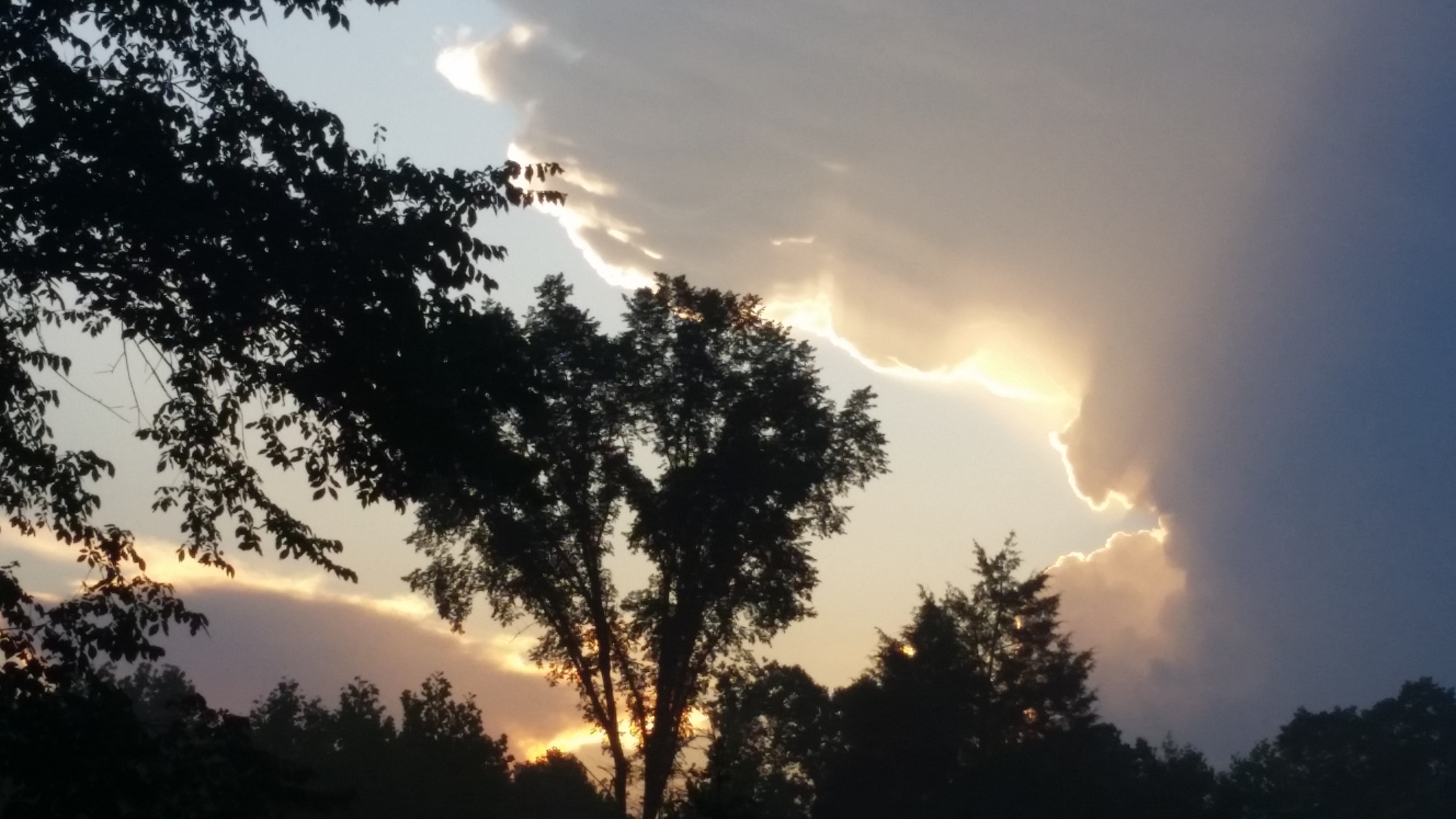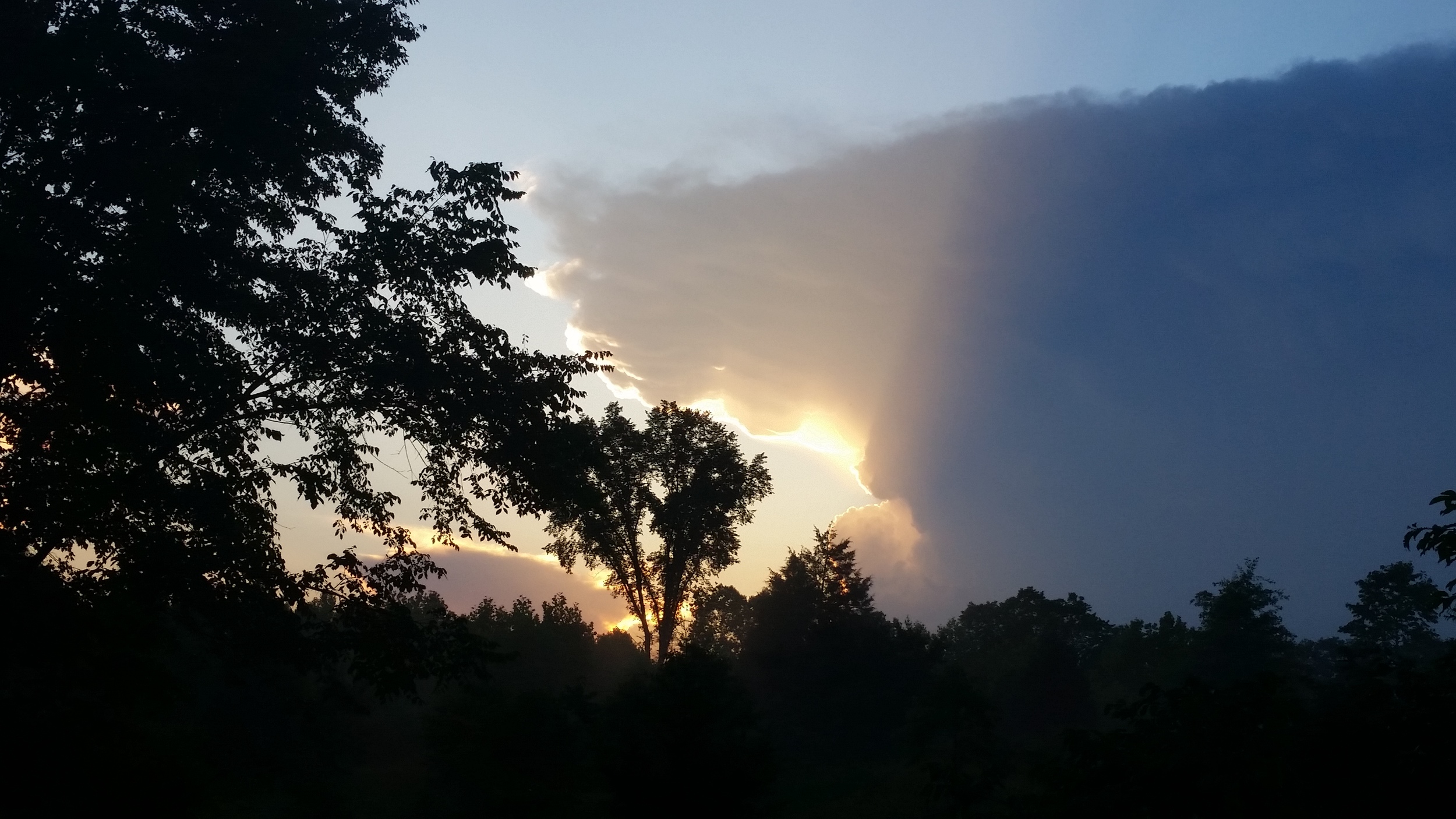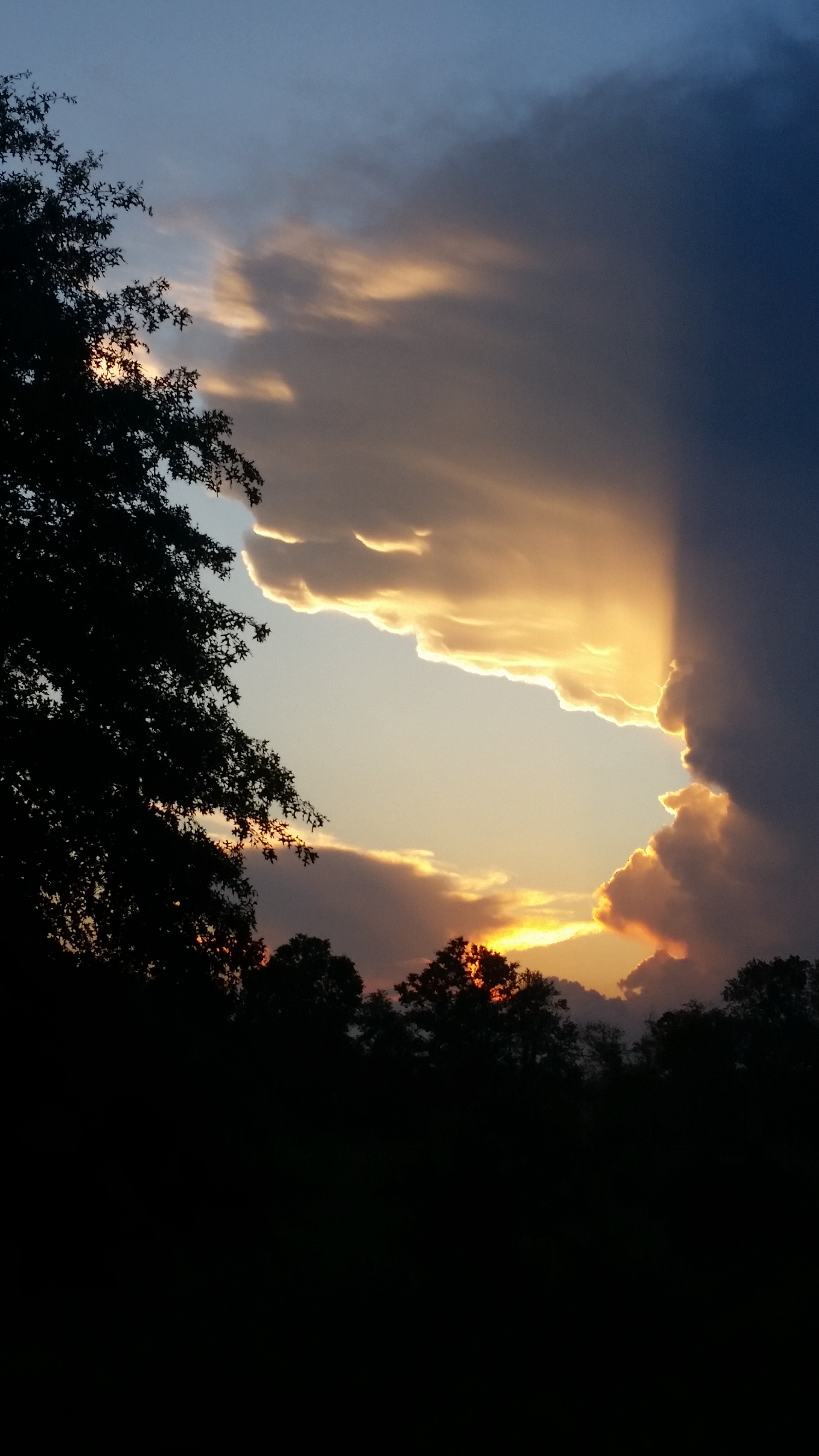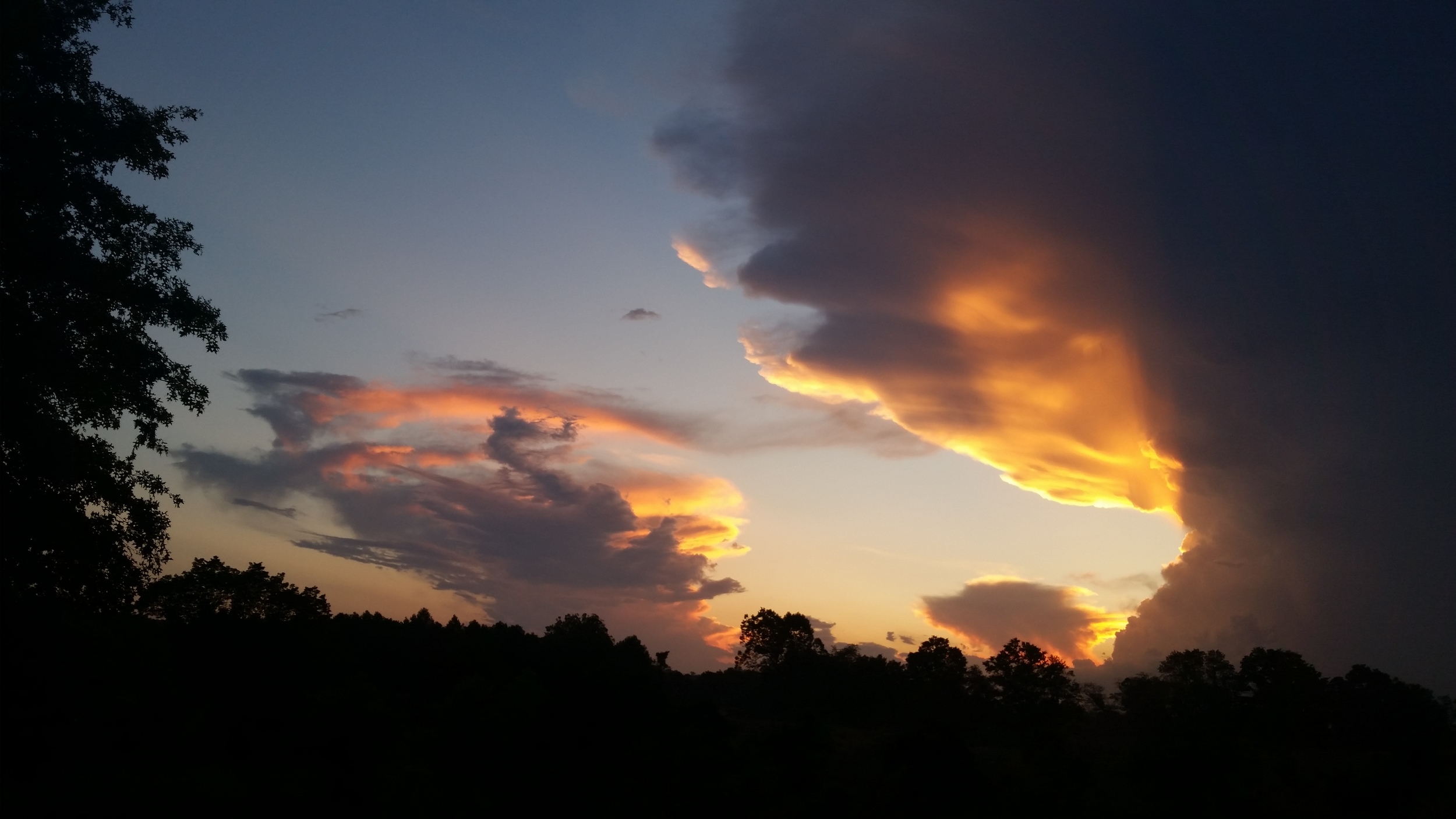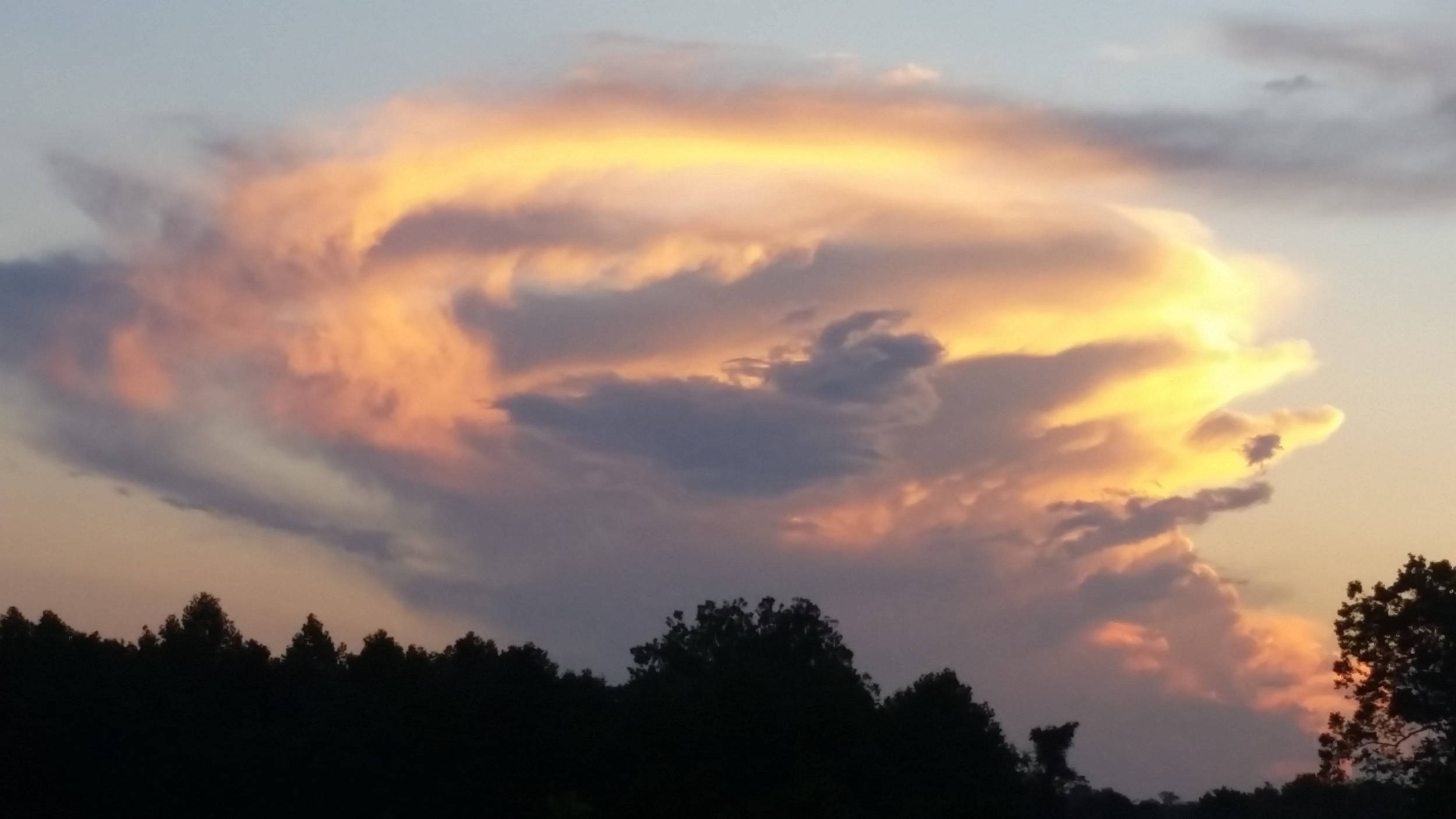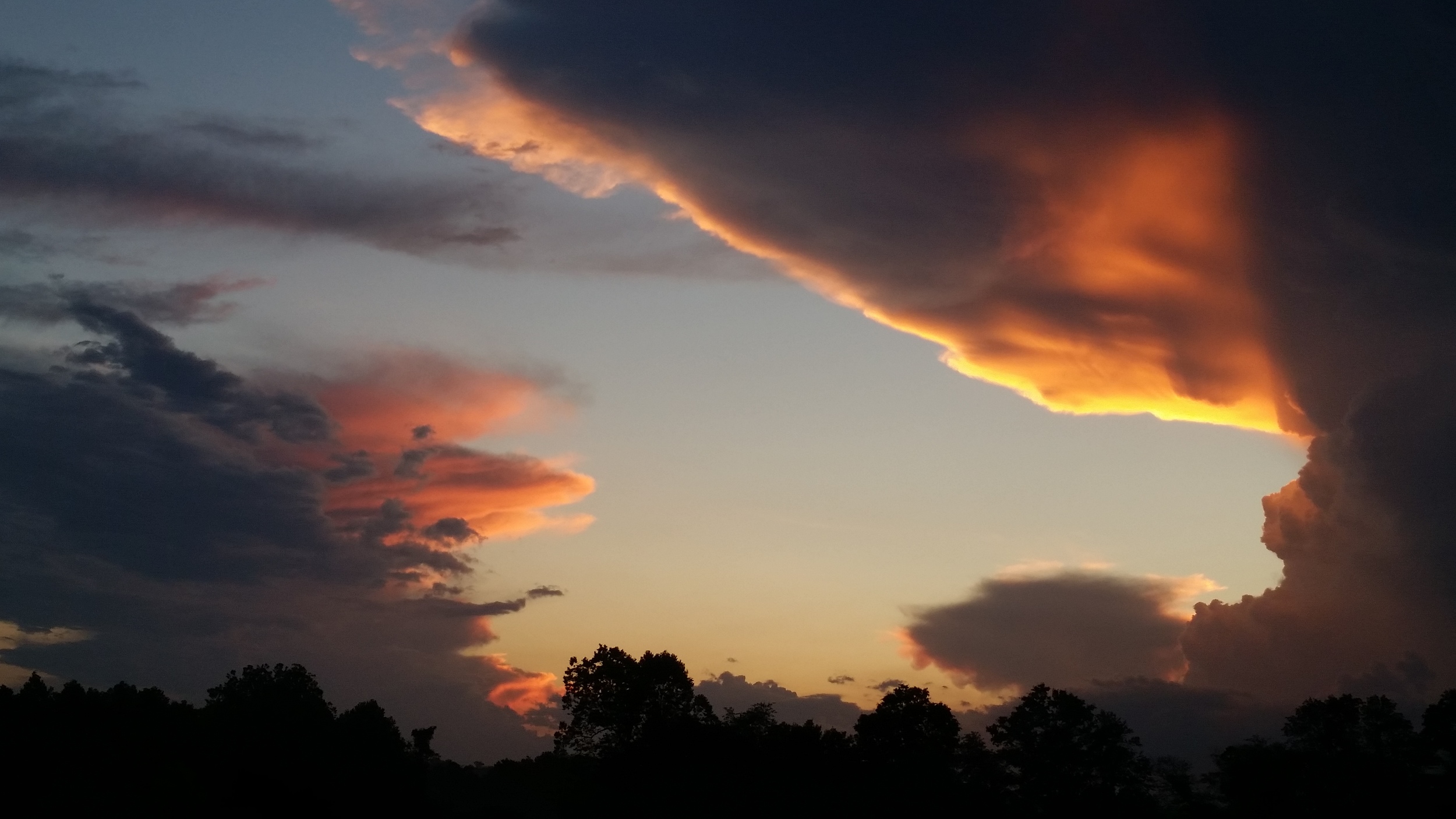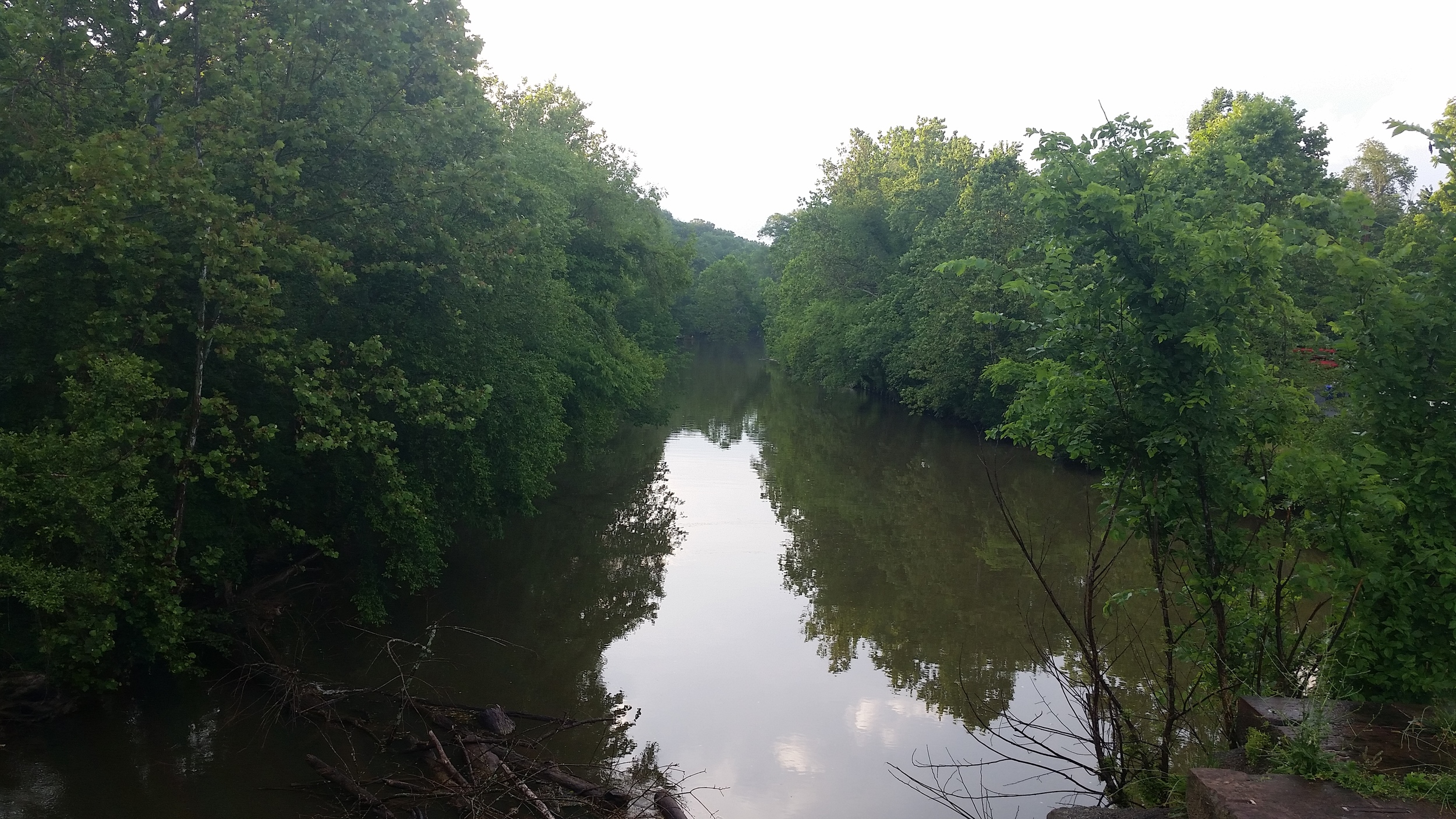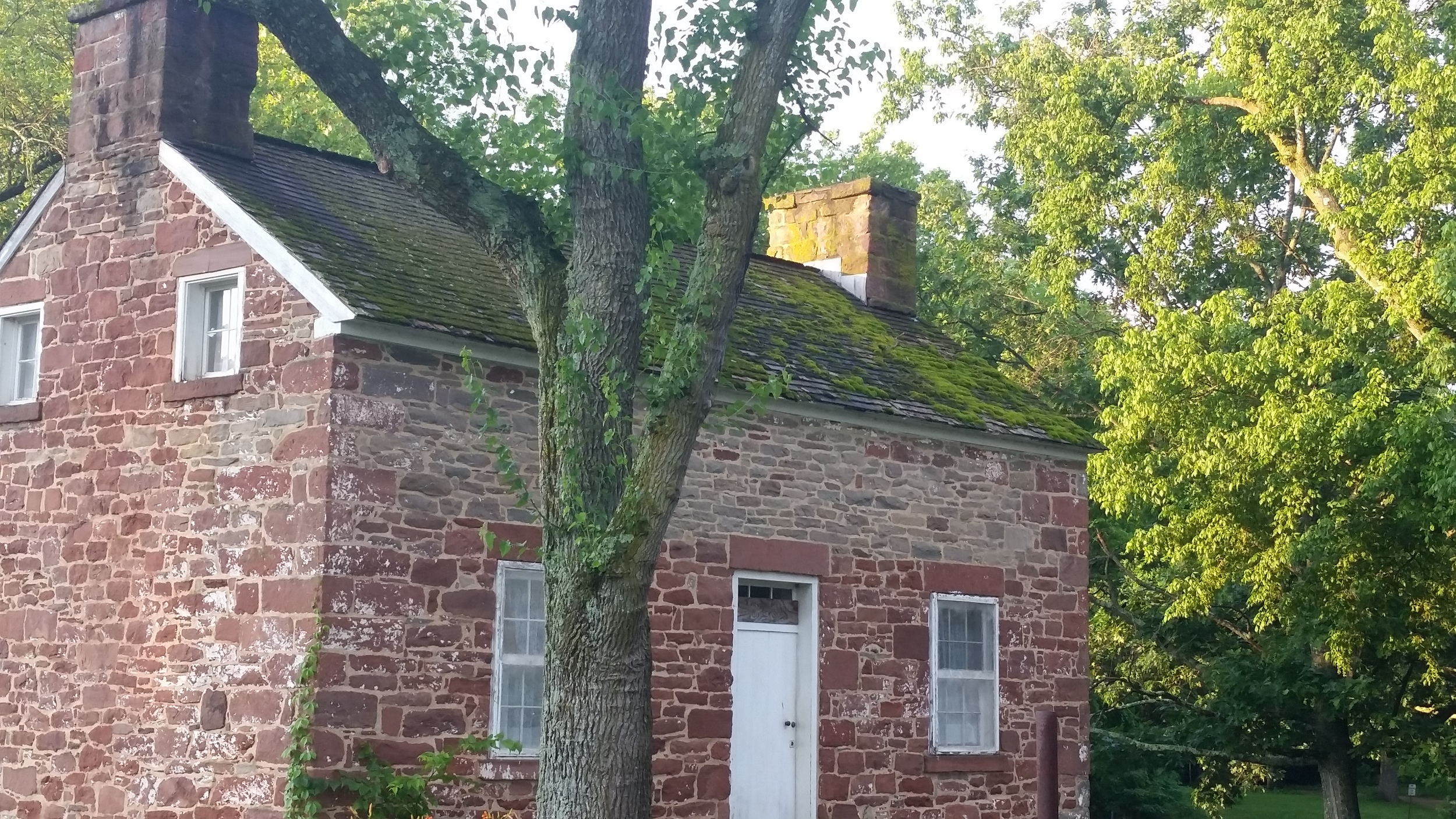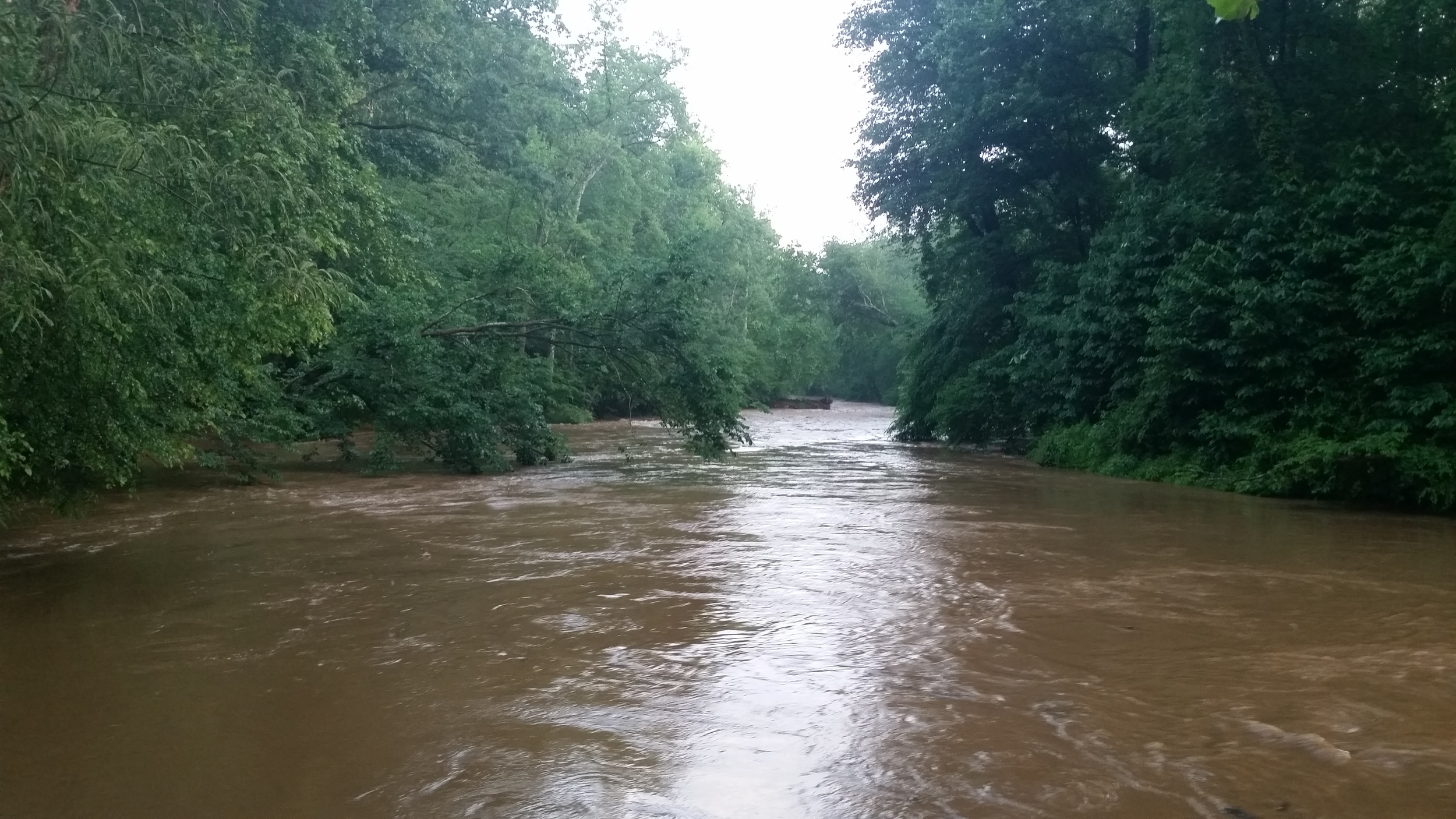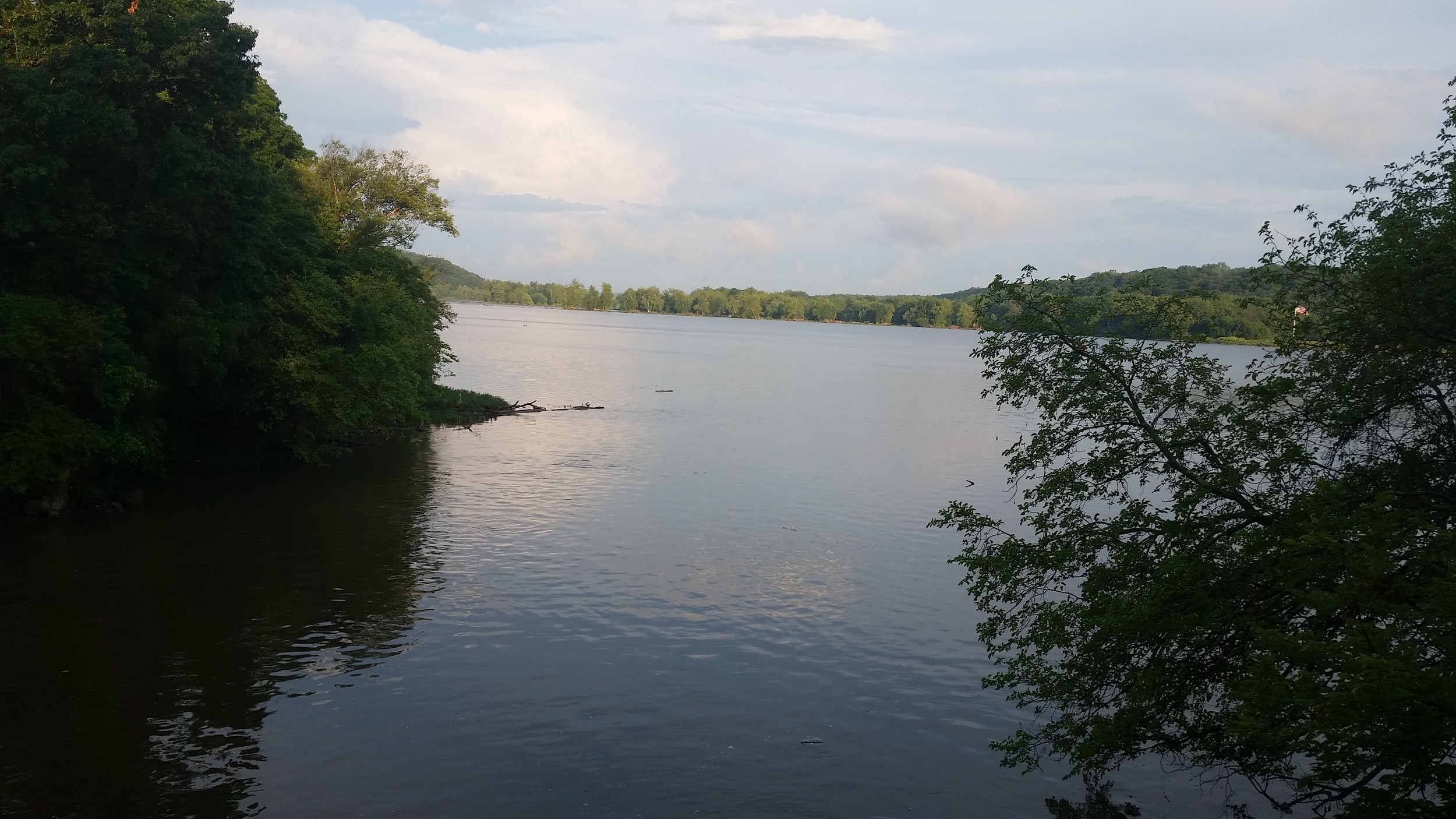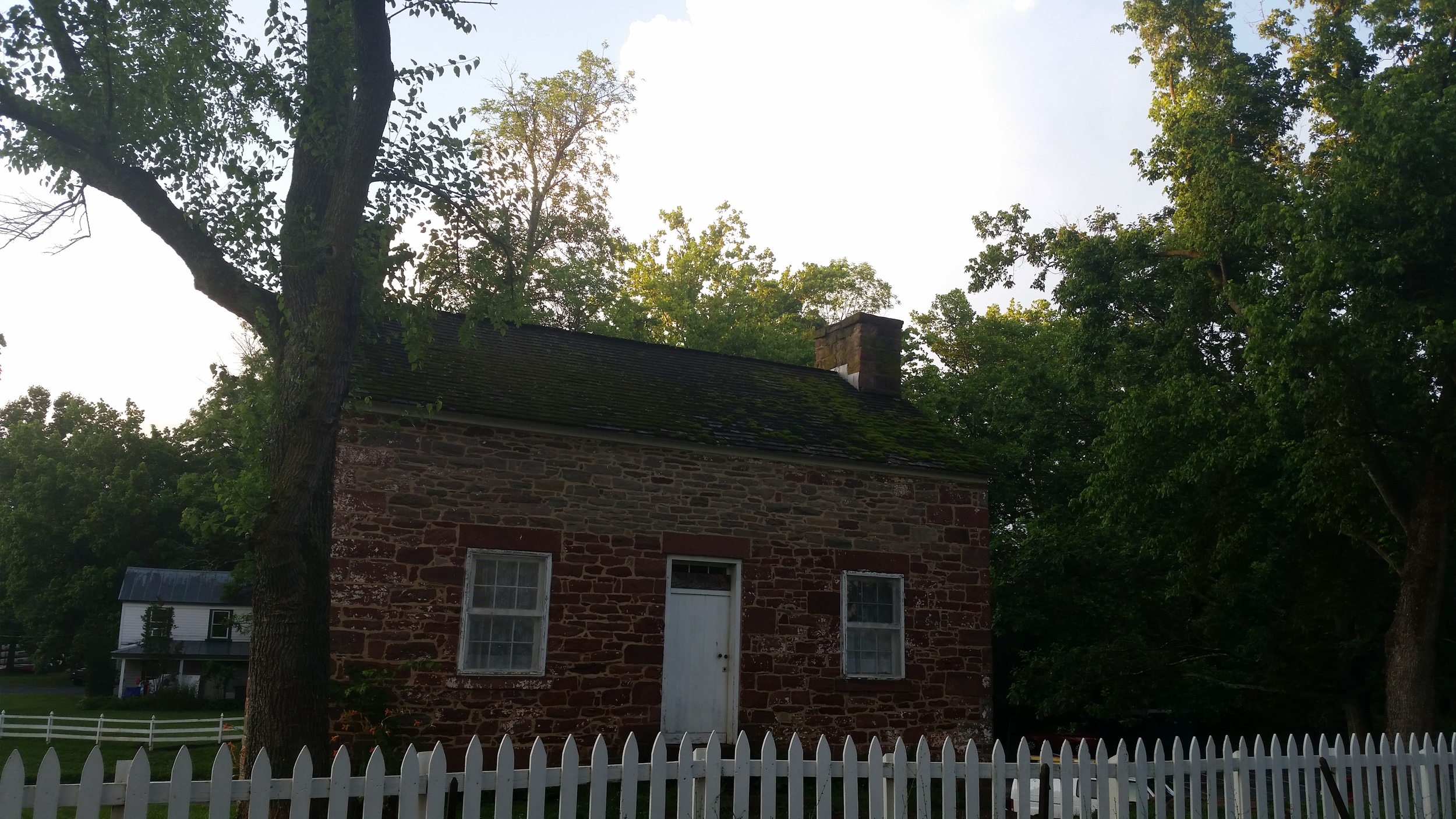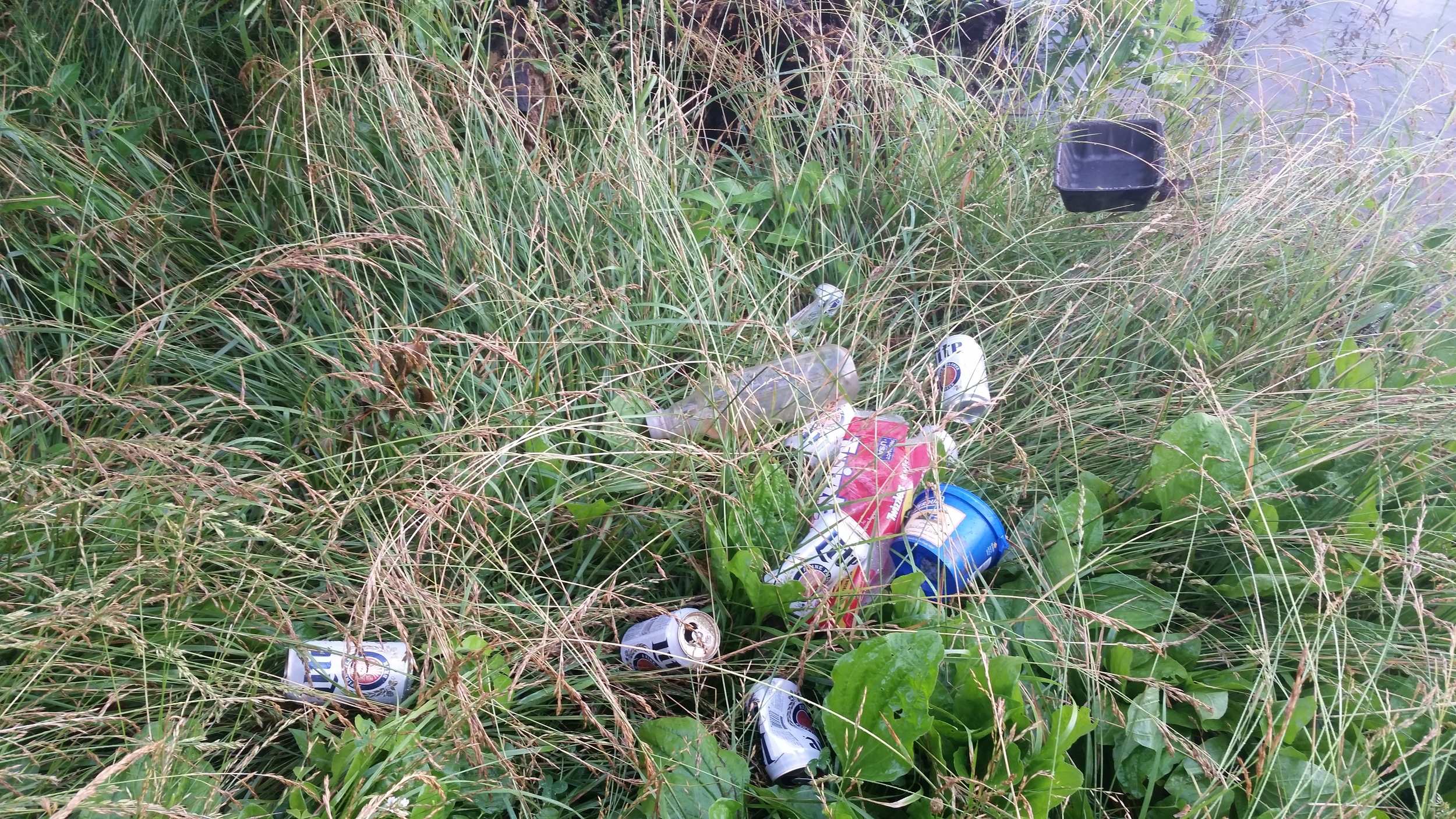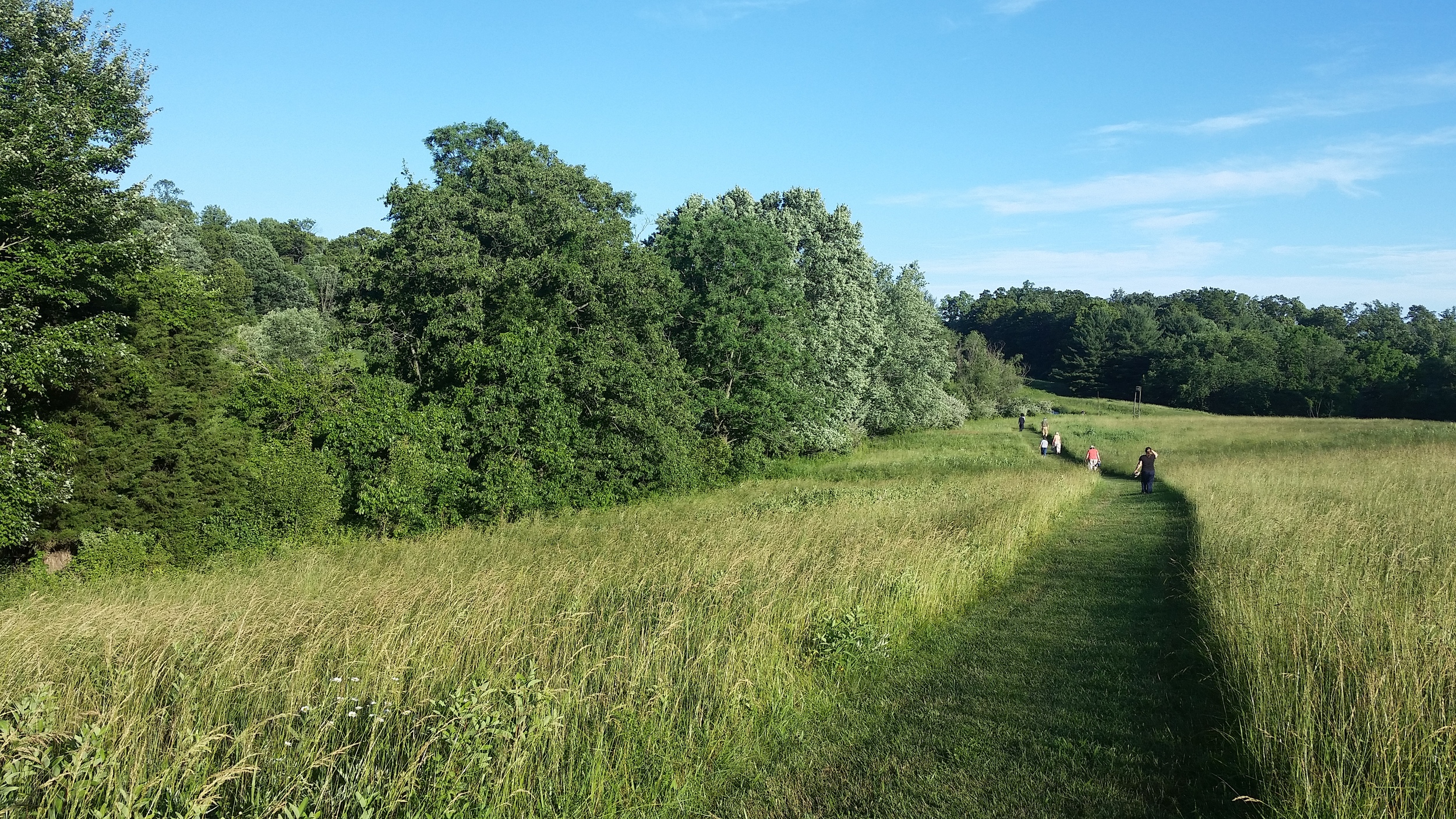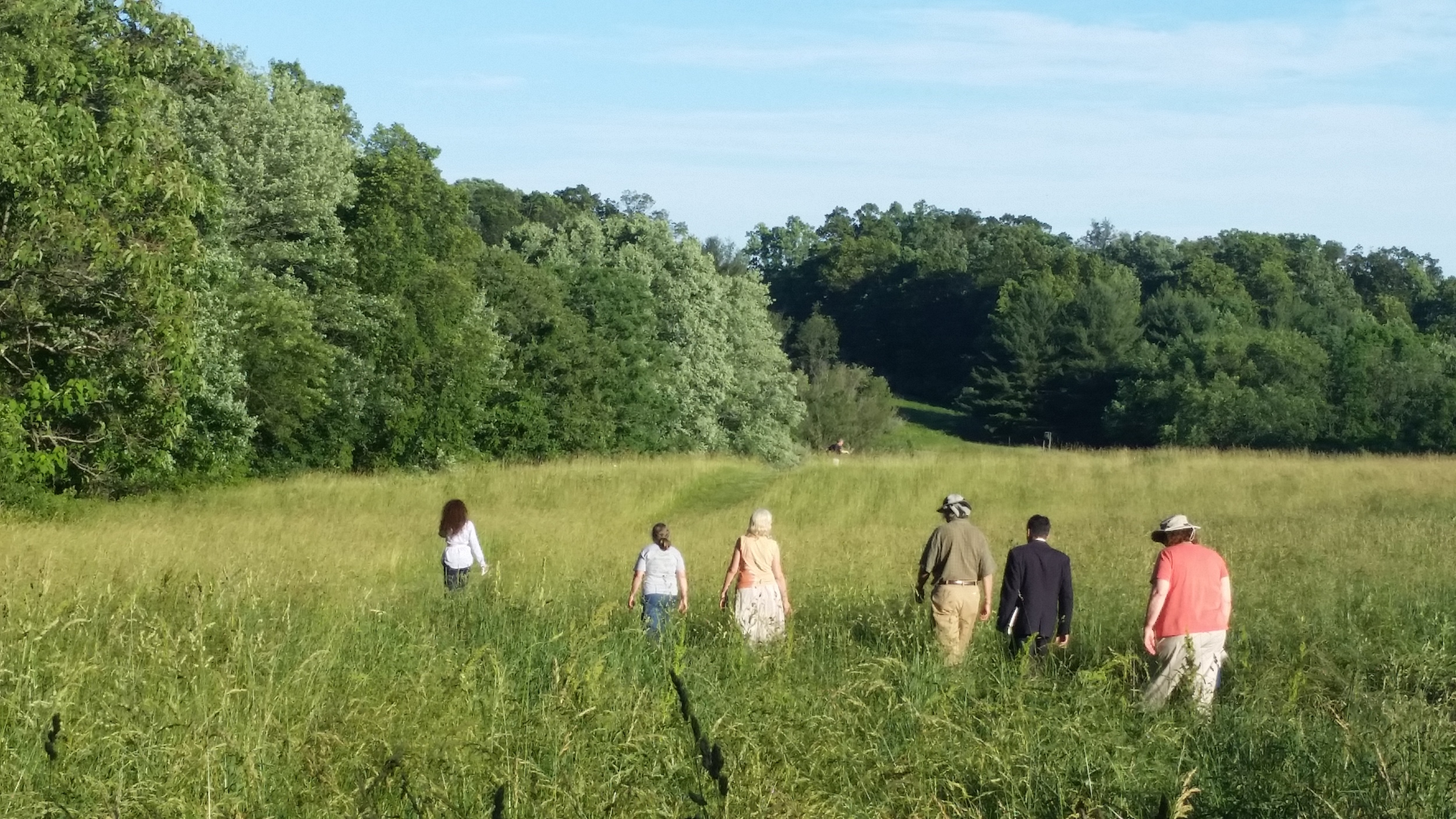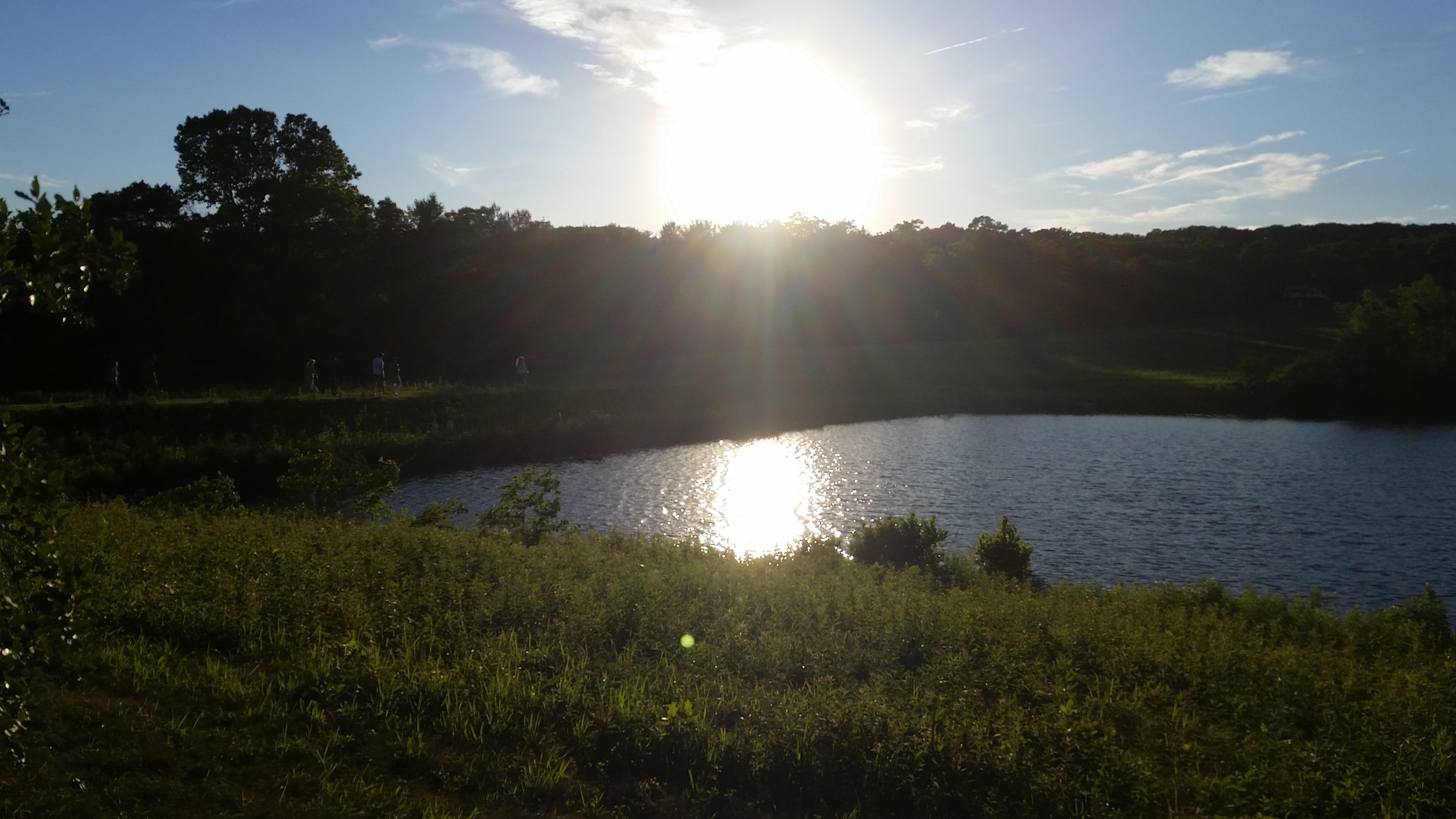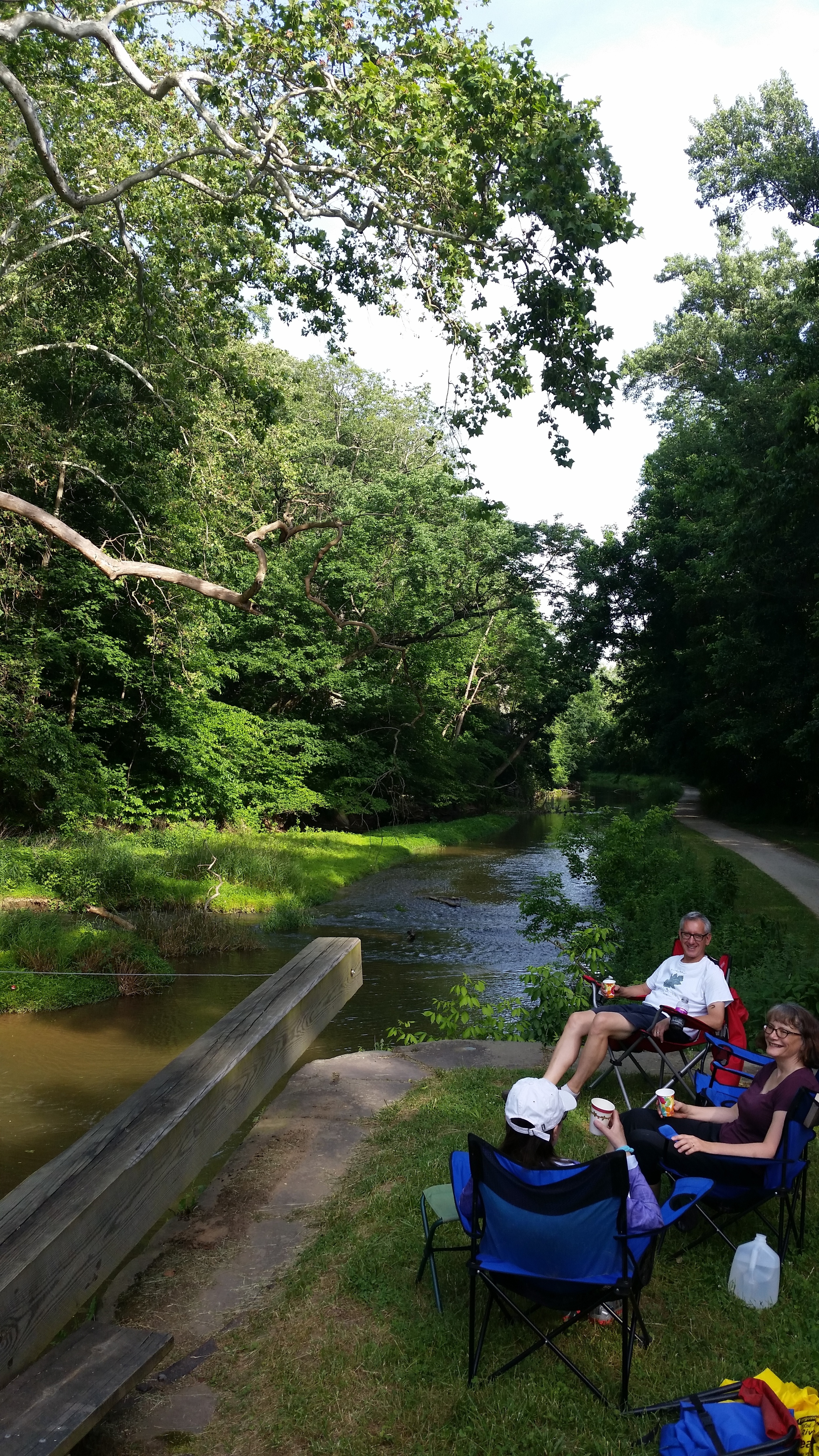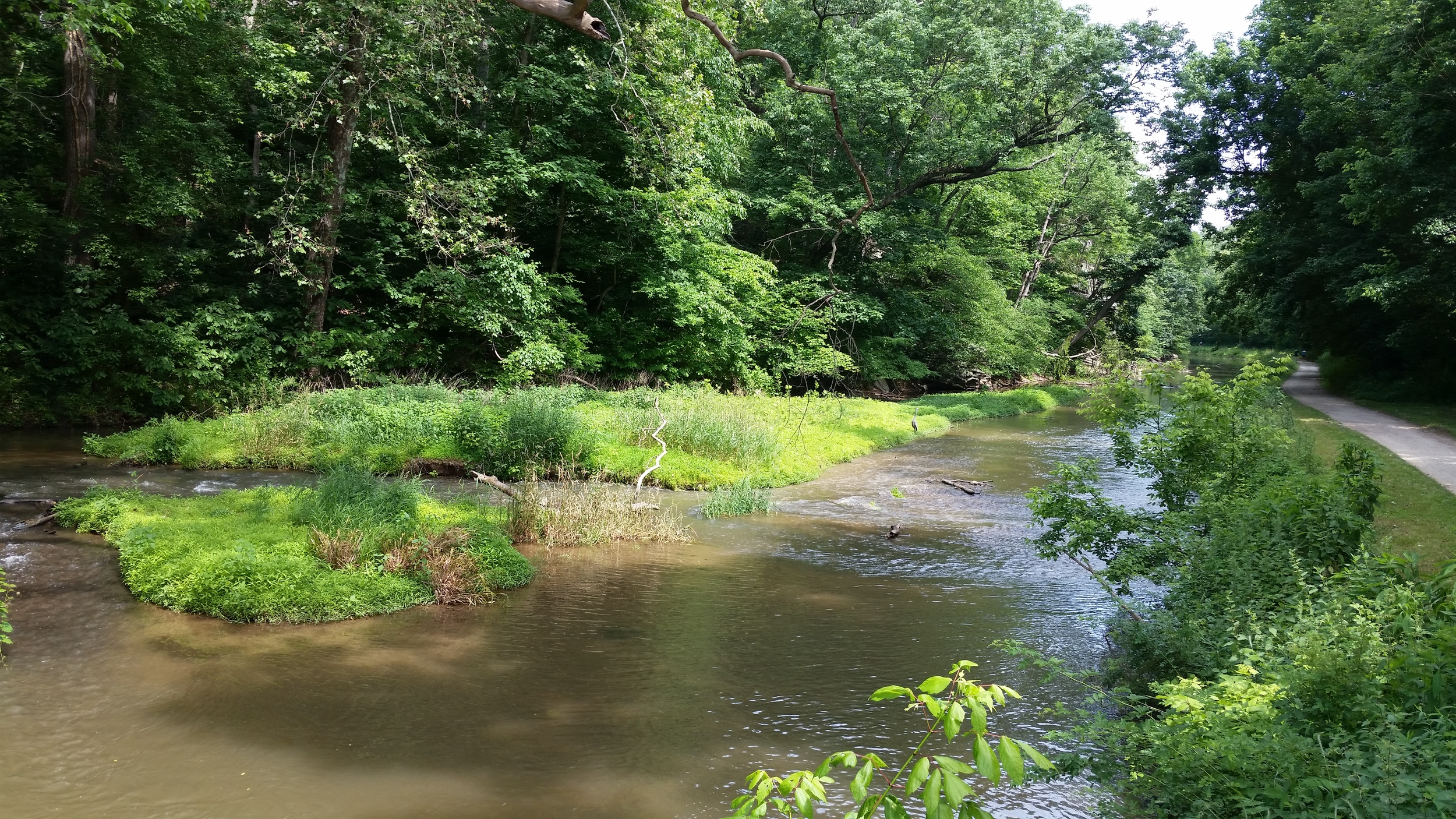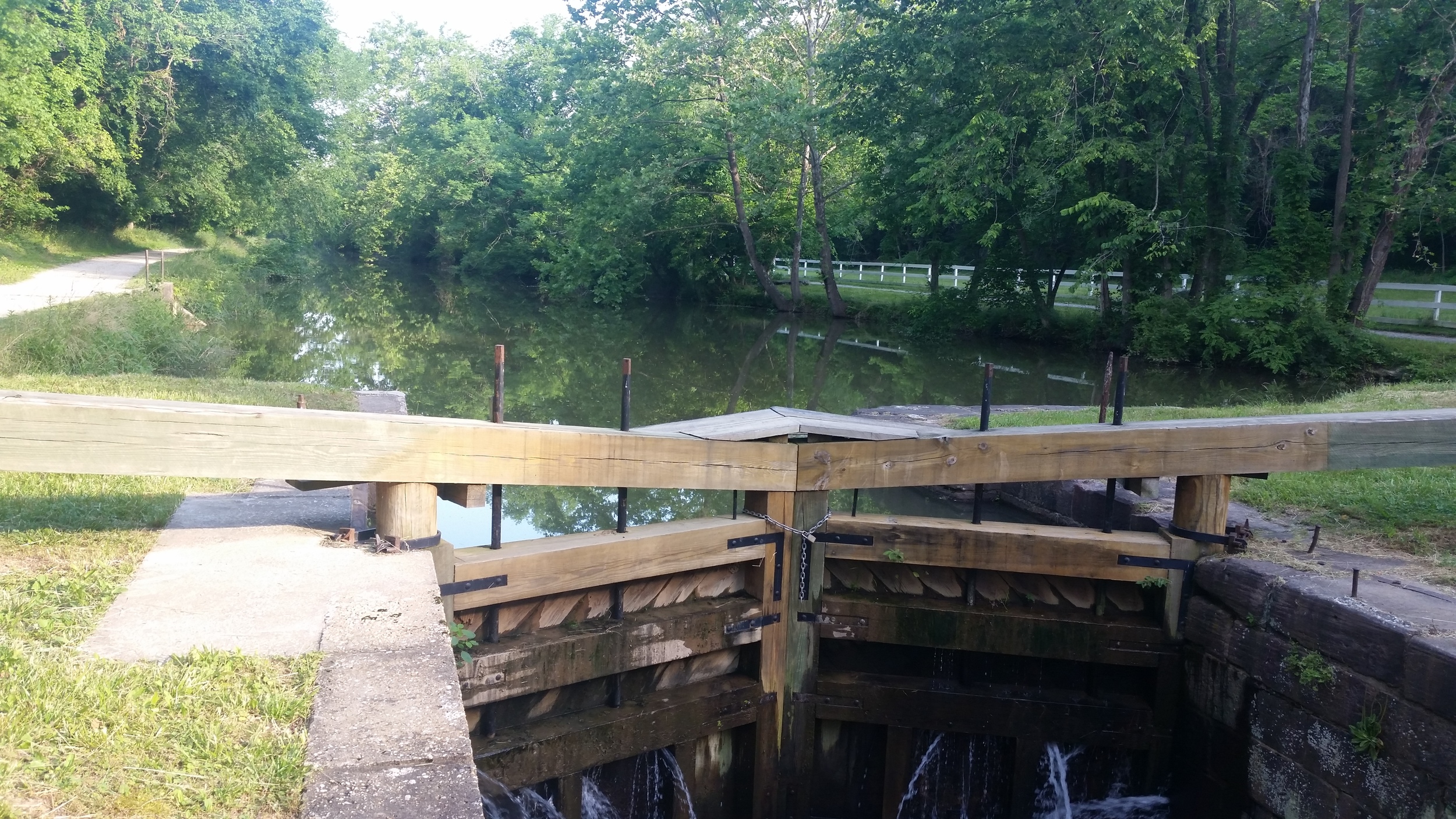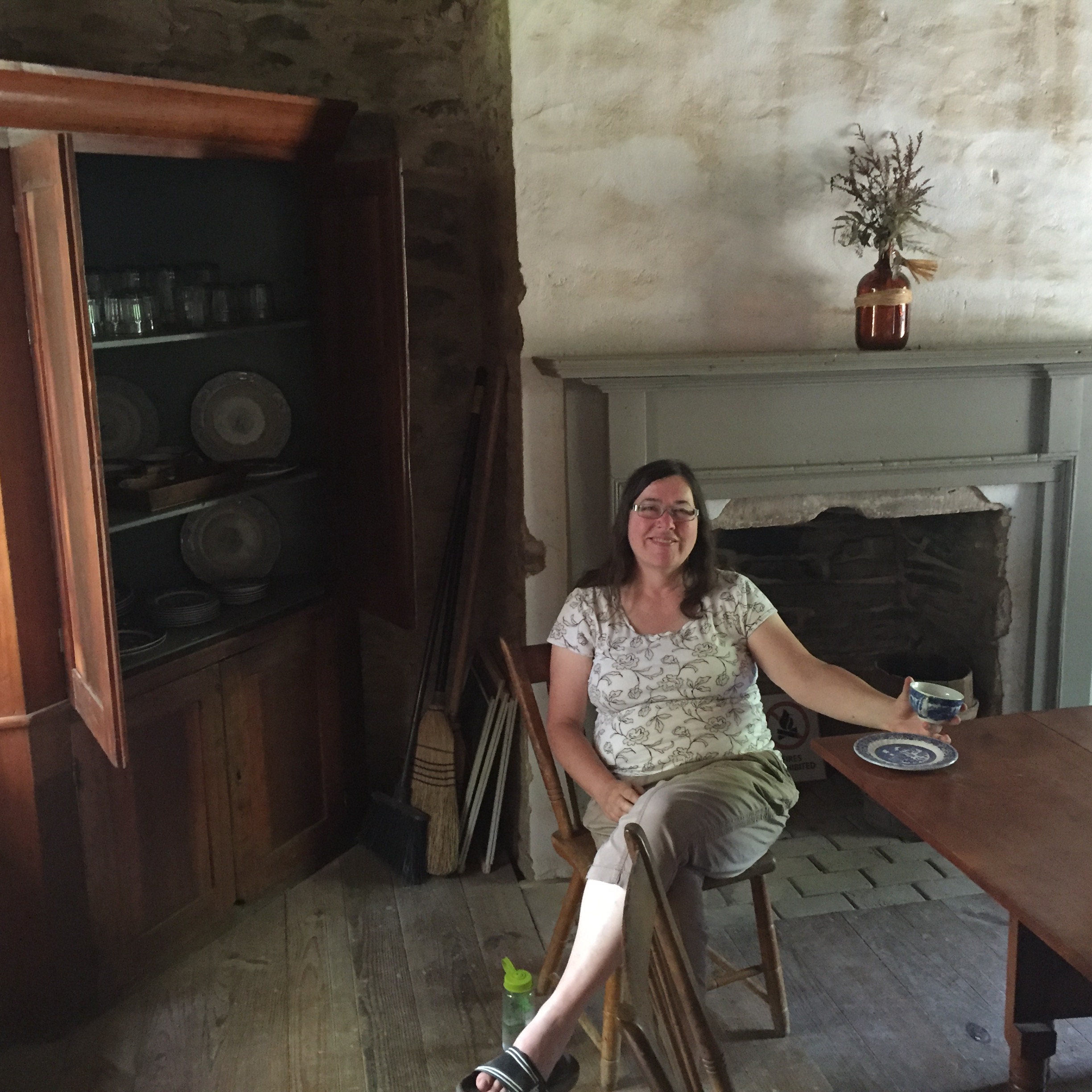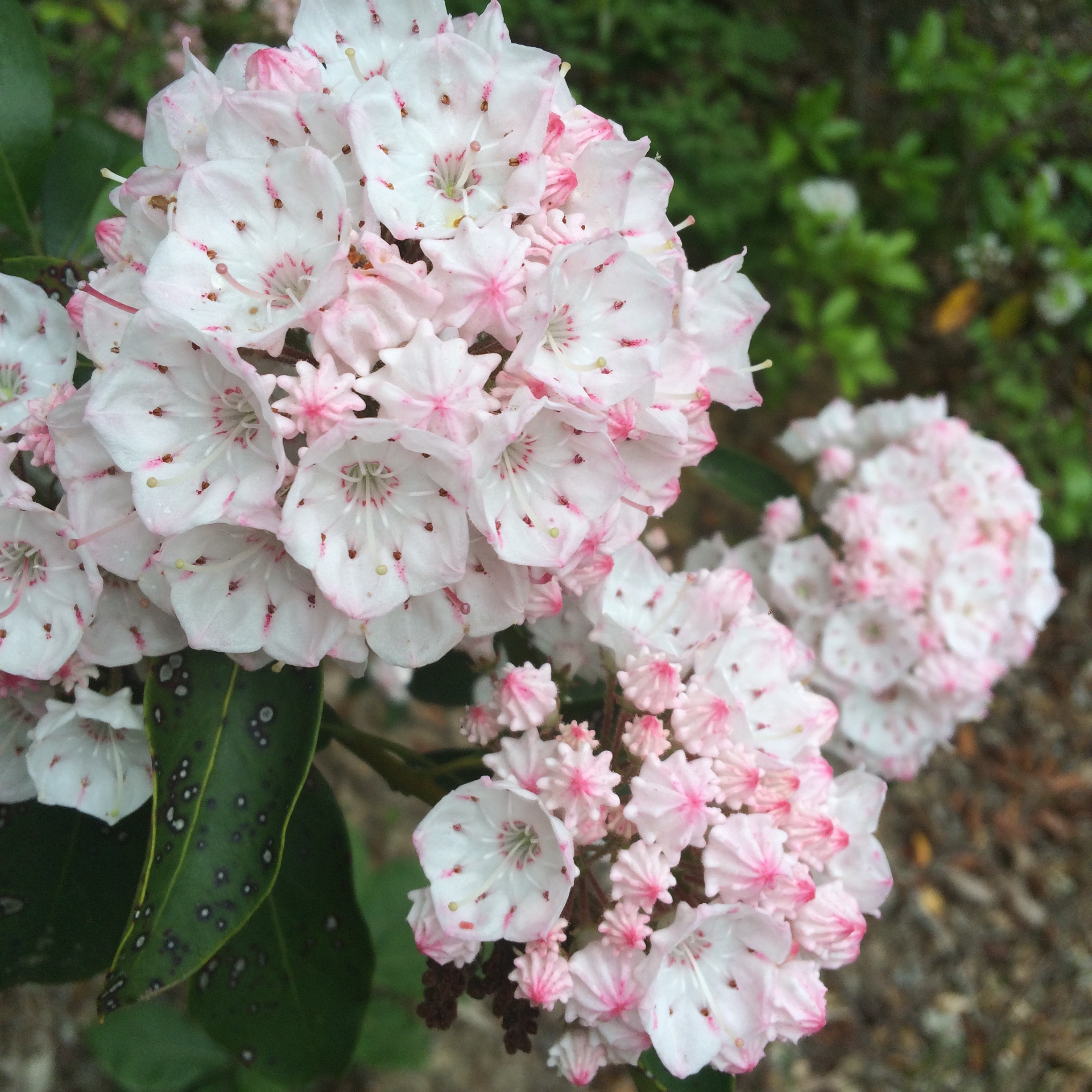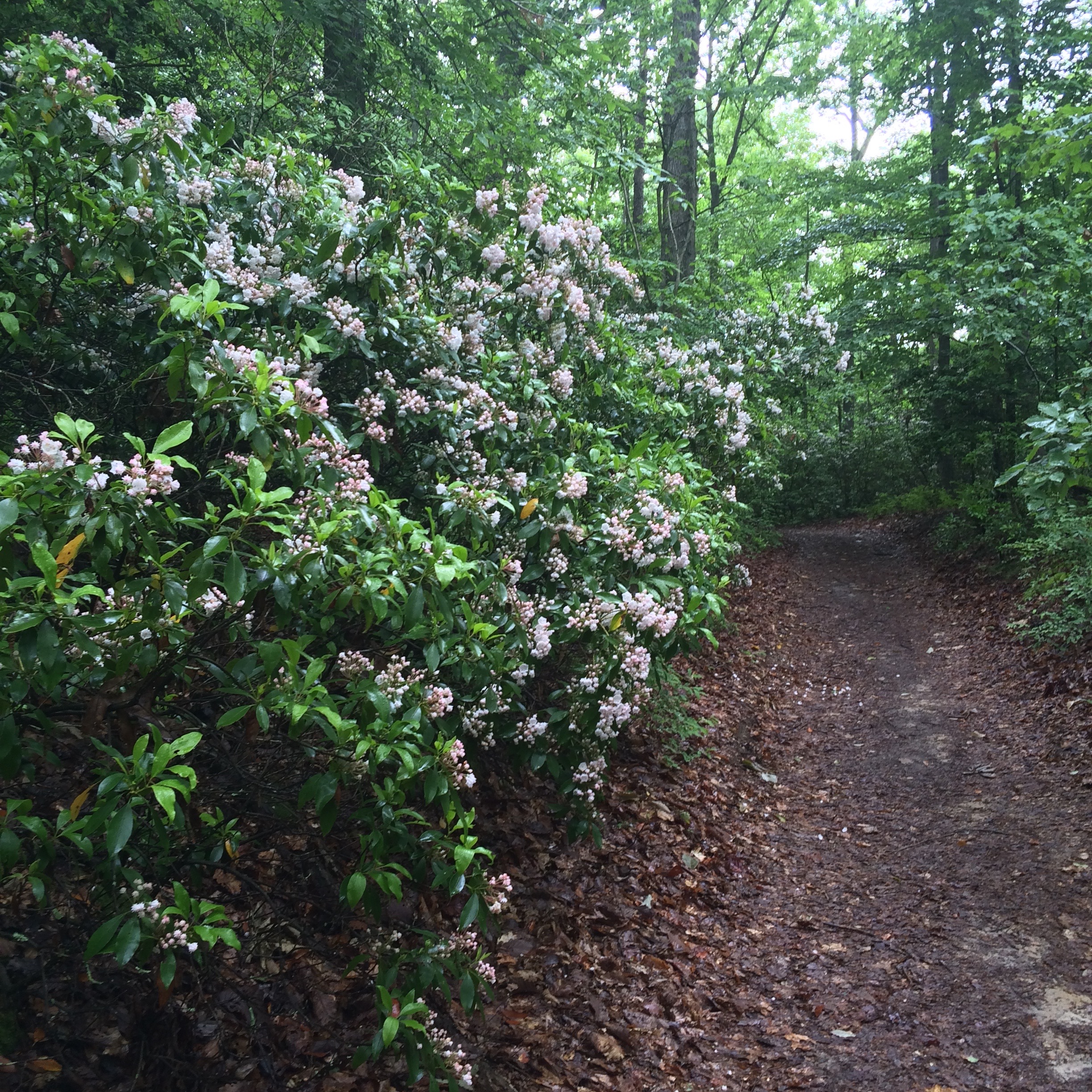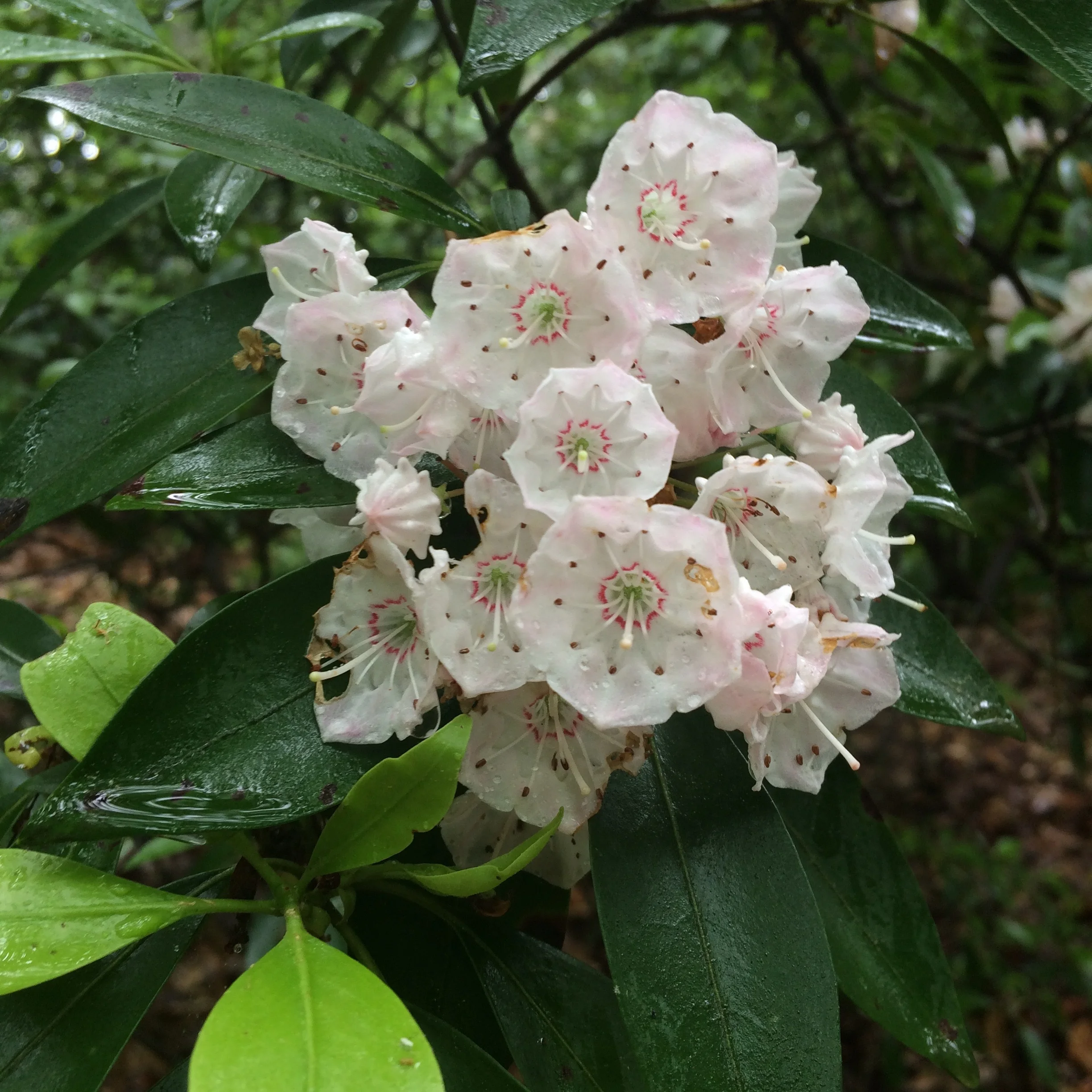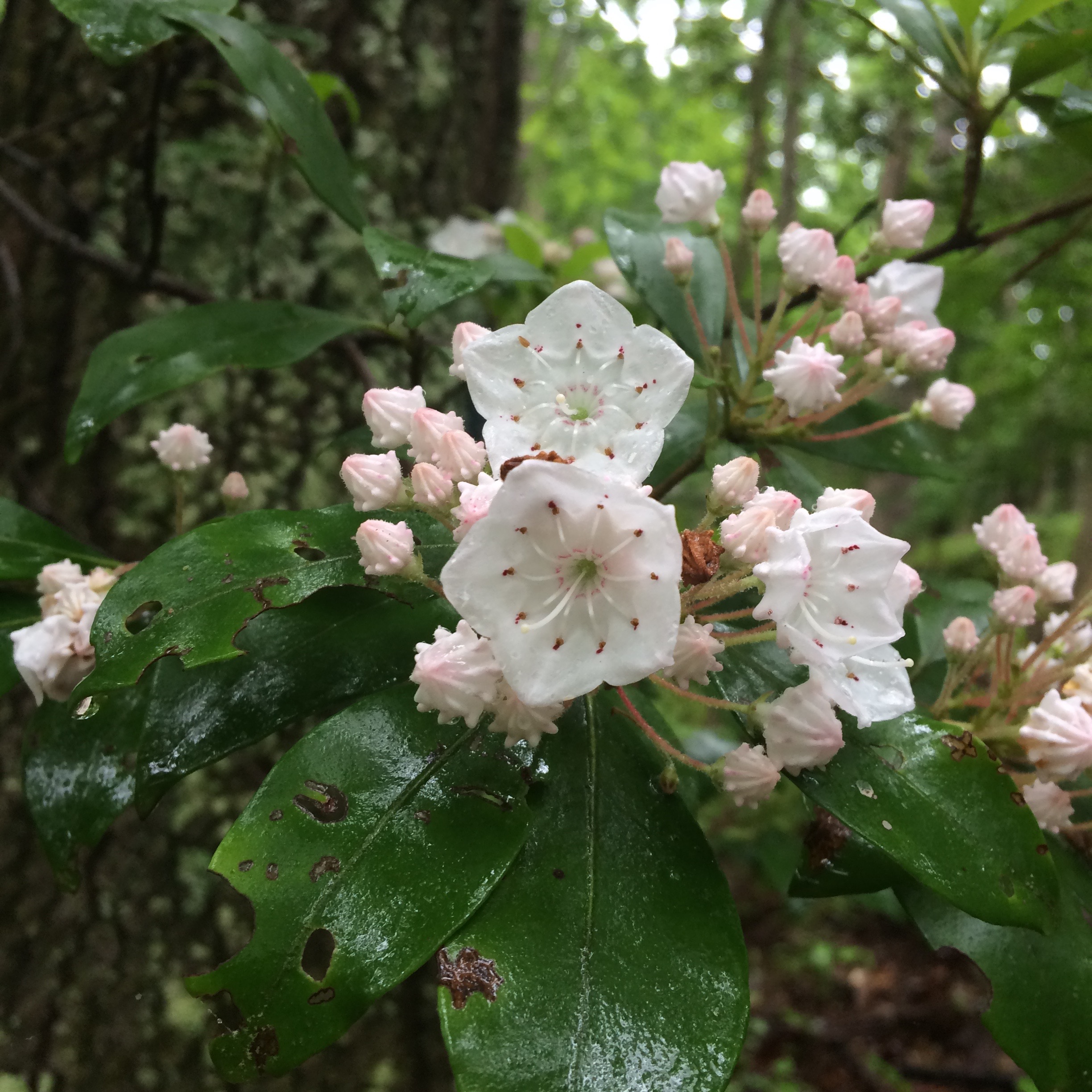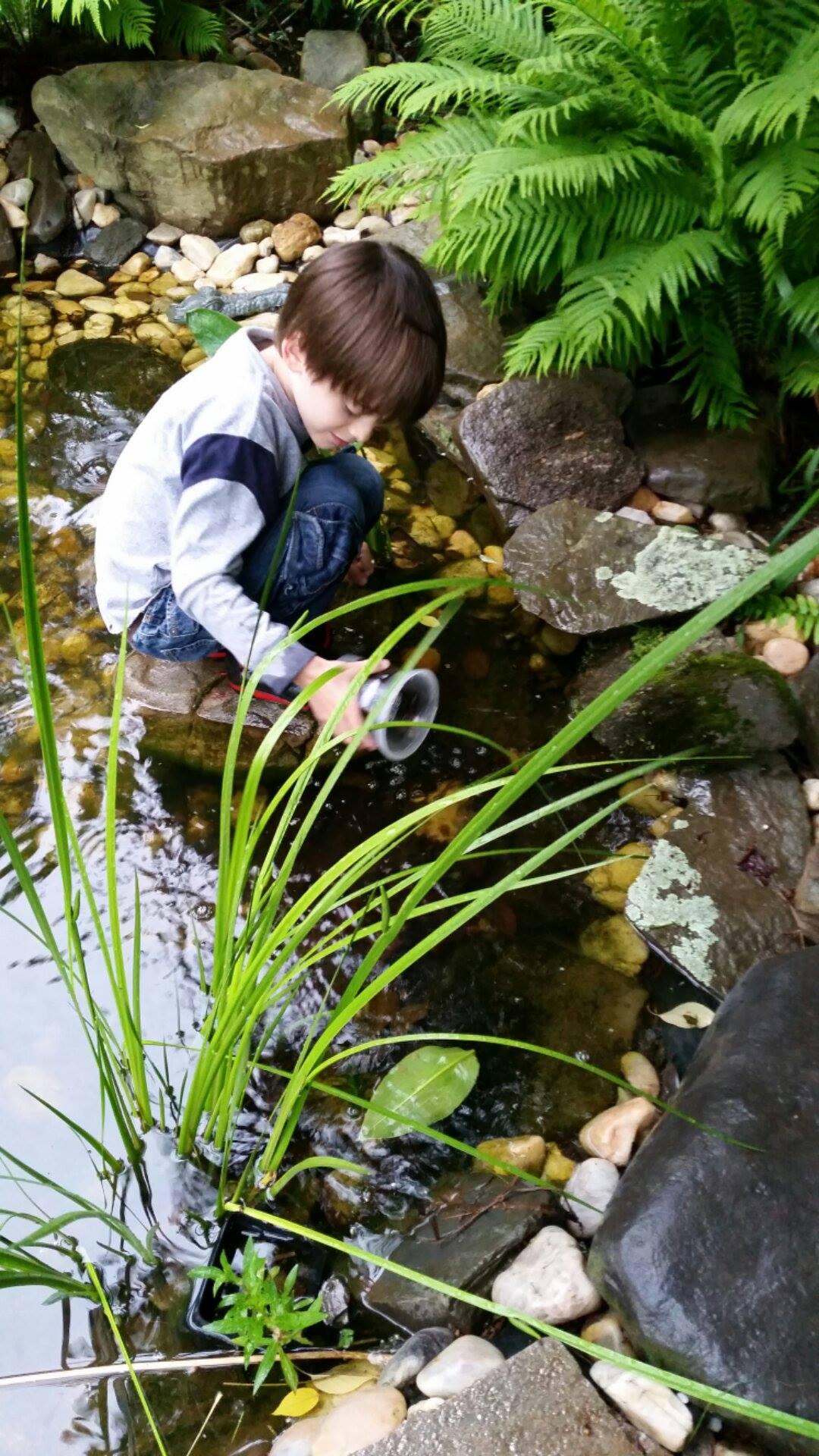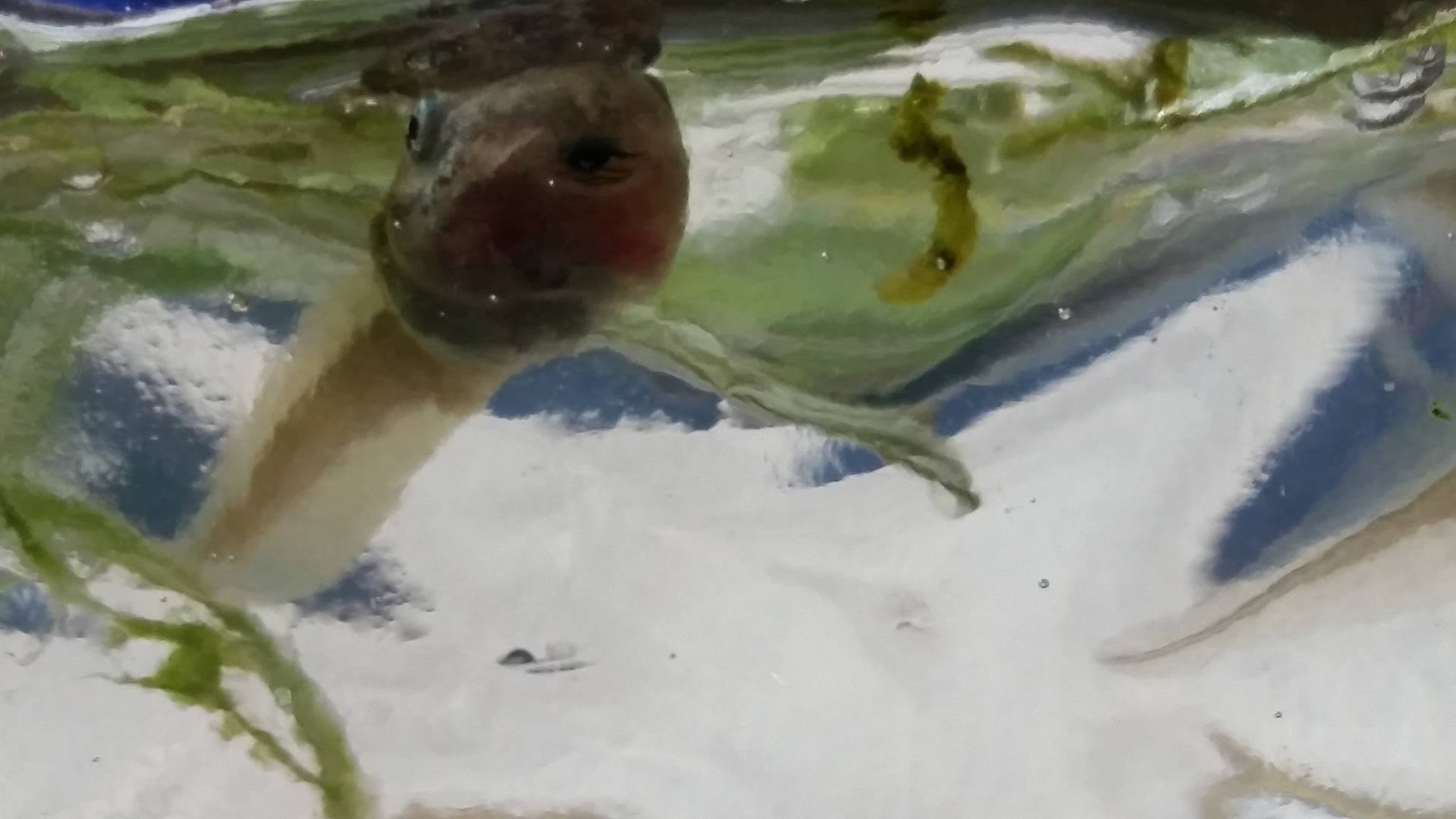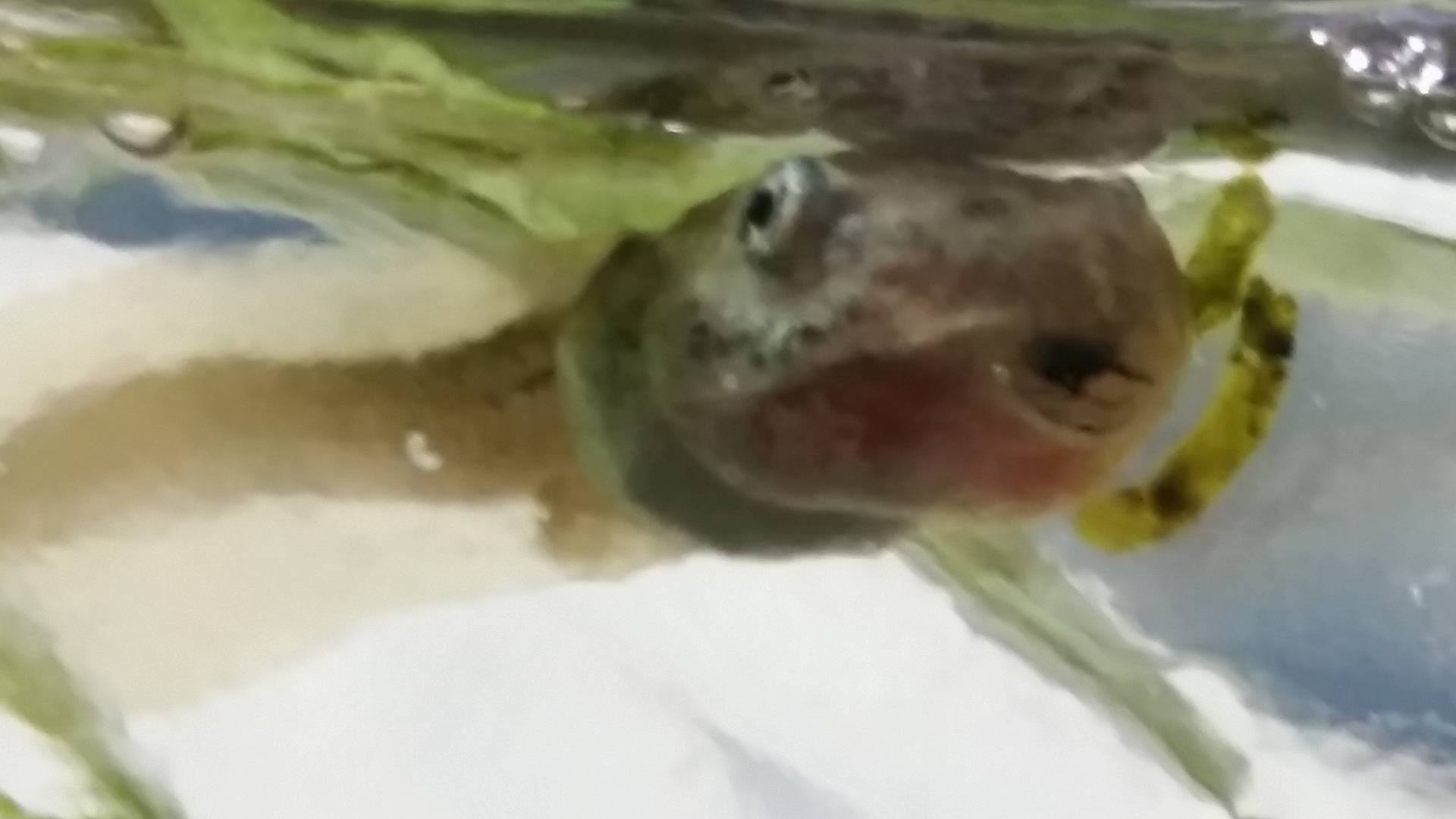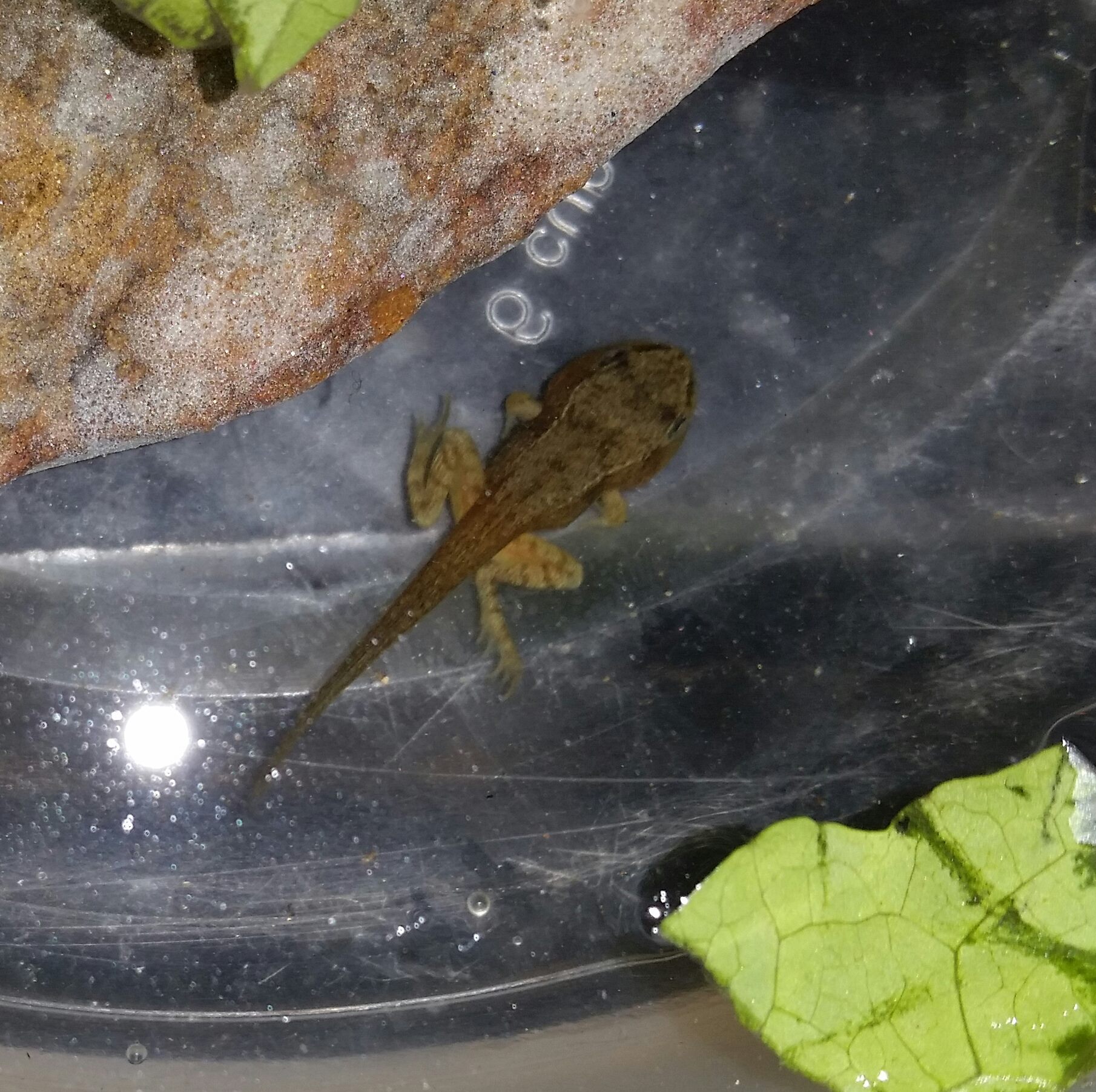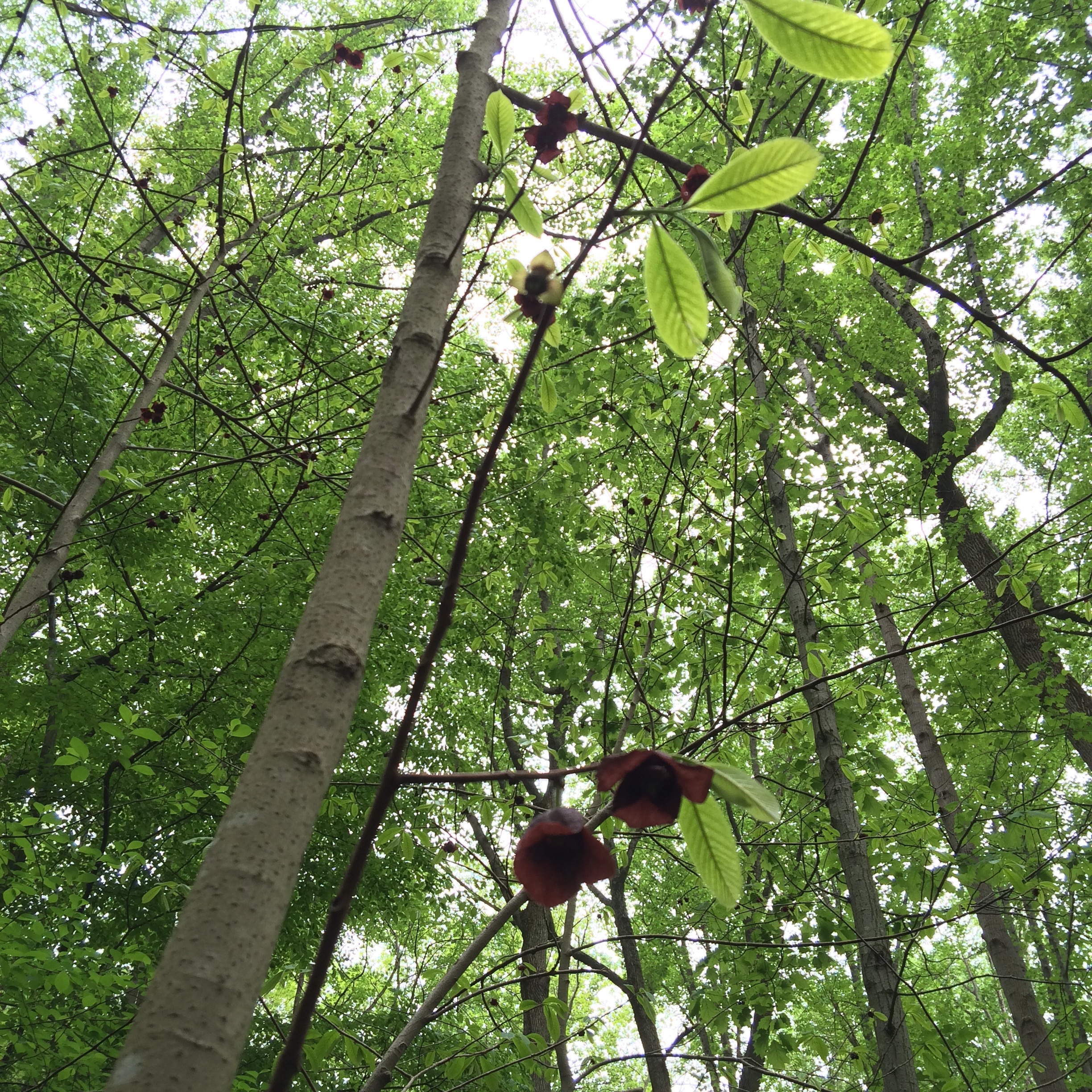There are approximately 4,800 recorded species of frogs, accounting for over 85% of extant amphibian species. They may have existed as far back as 265 million years ago.
Besides living in fresh water and on dry land, the adults of some species are adapted for living underground or in trees. The skin of the frog is glandular, with secretions ranging from distasteful to toxic. Warty species of frog tend to be called toads but the distinction between frogs and toads is based on informal naming conventions concentrating on the warts rather than taxonomy or evolutionary history.
Frogs typically lay their eggs in water. The eggs hatch into aquatic larvae called tadpoles that have tails and internal gills. A few species deposit eggs on land or bypass the tadpole stage. Adult frogs generally have a carnivorous diet consisting of small invertebrates, but omnivorous species exist and a few feed on fruit. Frogs are extremely efficient at converting what they eat into body mass. They are an important food source for predators in many of the world's ecosystems. The skin is semi-permeable, making them susceptible to dehydration, so they either live in moist places or have special adaptations to deal with dry habitats. Frogs produce a wide range of vocalizations, particularly in their breeding season, and exhibit many complex behaviours to attract mates, to fend off predators and to survive. (facts from Wikipedia)
A great way to learn more about frogs is to participate in a project called FrogWatch USA.
What is FrogWatch USA?
FrogWatch USA is a citizen science program of the Association of Zoos and Aquariums (AZA) that provides individuals, groups, and families with an opportunity to learn about wetlands in their communities and report data on the calls of local frogs and toads. Volunteers collect data during evenings from February through August and have been submitting data for over 15 years. Training is quite basic and it's an excellent way to learn which frog species live near you. It's surprisingly fun to be able to hear various frogs calling and identify them by species.
There are 20 species of frogs and toads in Maryland. Photos, descriptions and calls are online in a Field Guide to Maryland Frogs and Toads. Use it to identify frogs and toads in the photos below. These were all found in my garden. Can you determine the calls on the recording made from my window on June 6? Calls change nightly depending on the temperature, rain, time and date. I'll try to record another evening and post. First person to send in the correct ID on all photos below wins a prize. Email your answers to EarthStewardshipEast@gmail.com
http://dnr2.maryland.gov/wildlife/Pages/plants_wildlife/herps/fieldguide_OrderAnura.aspx








